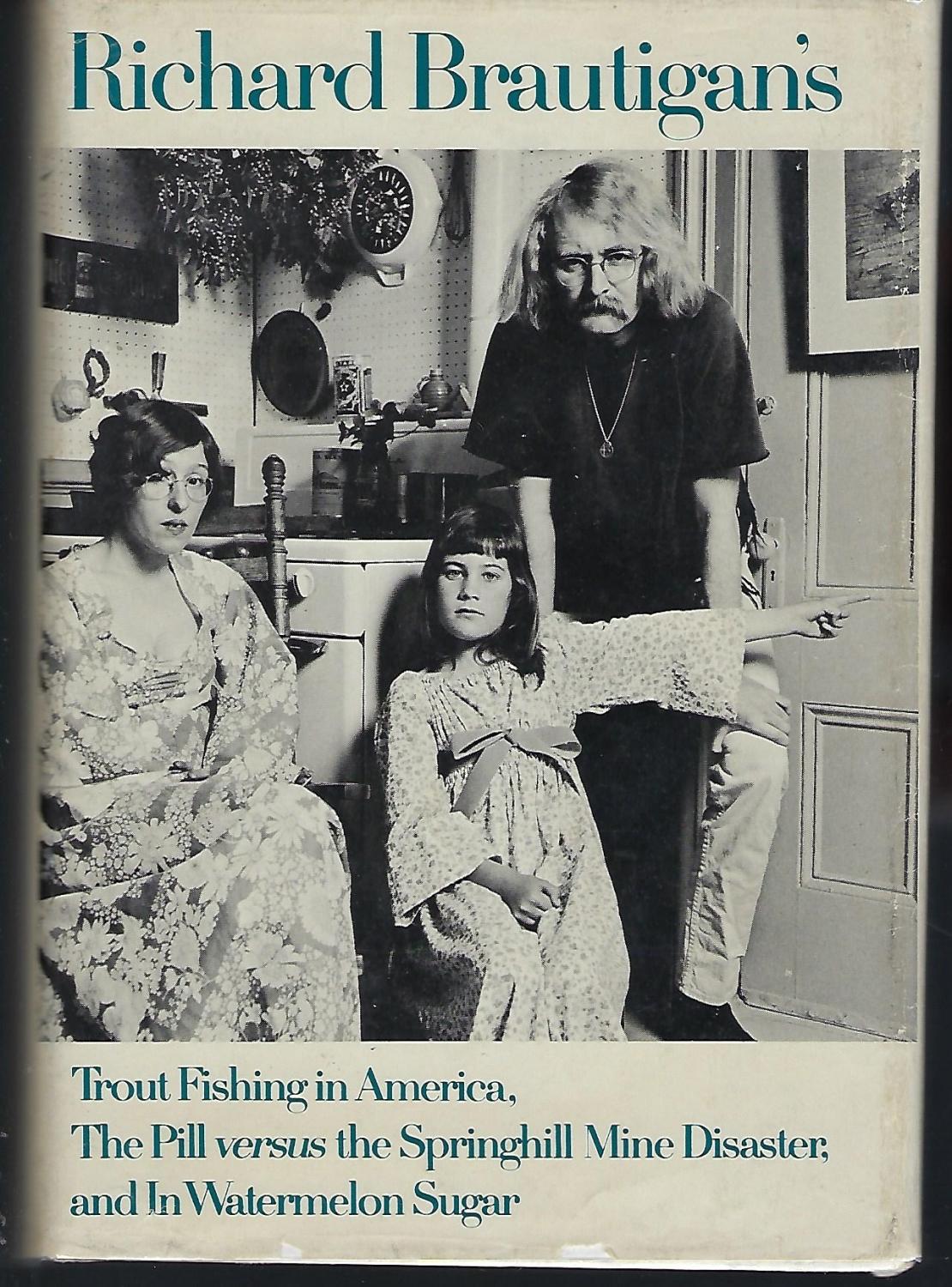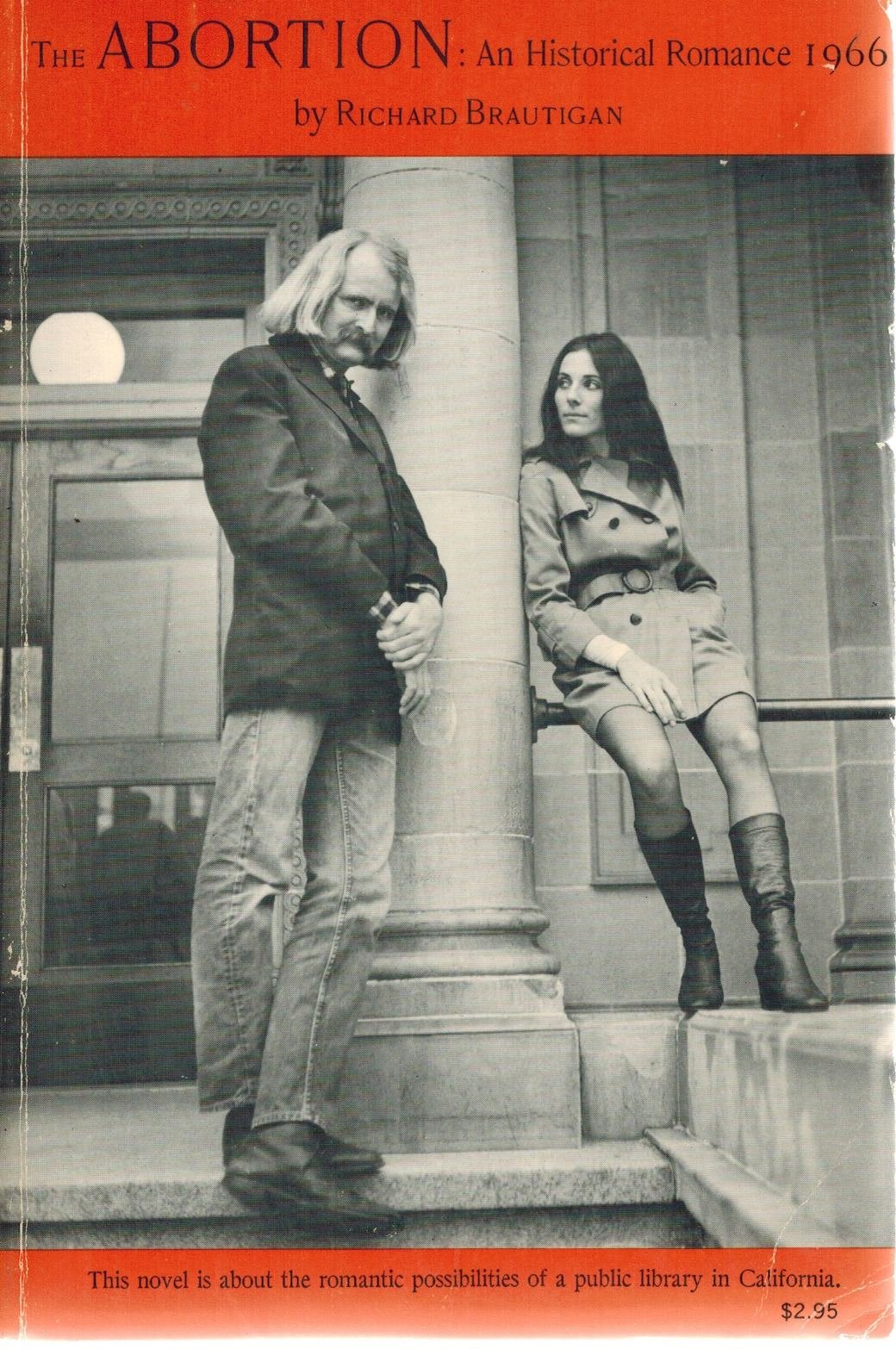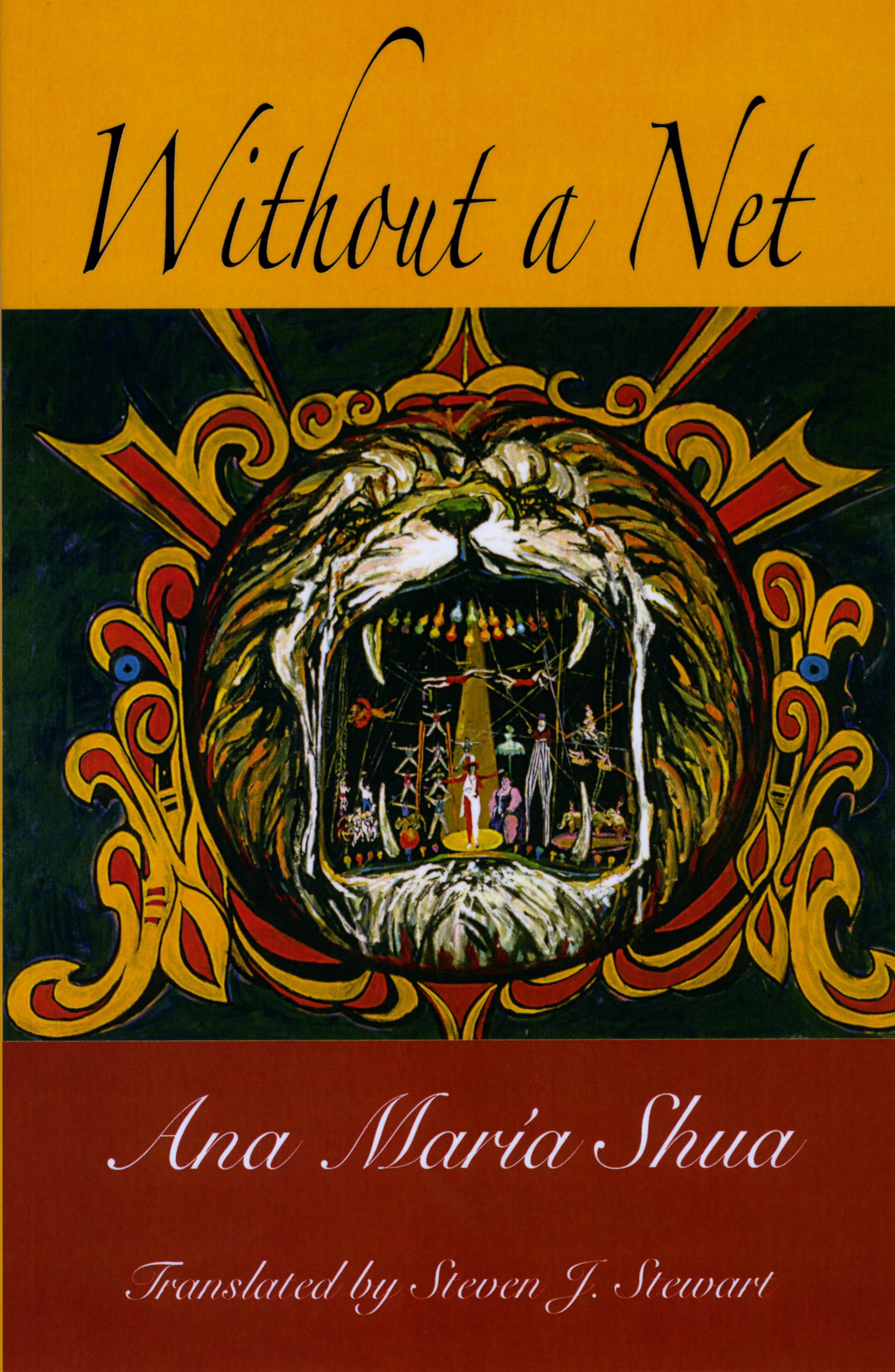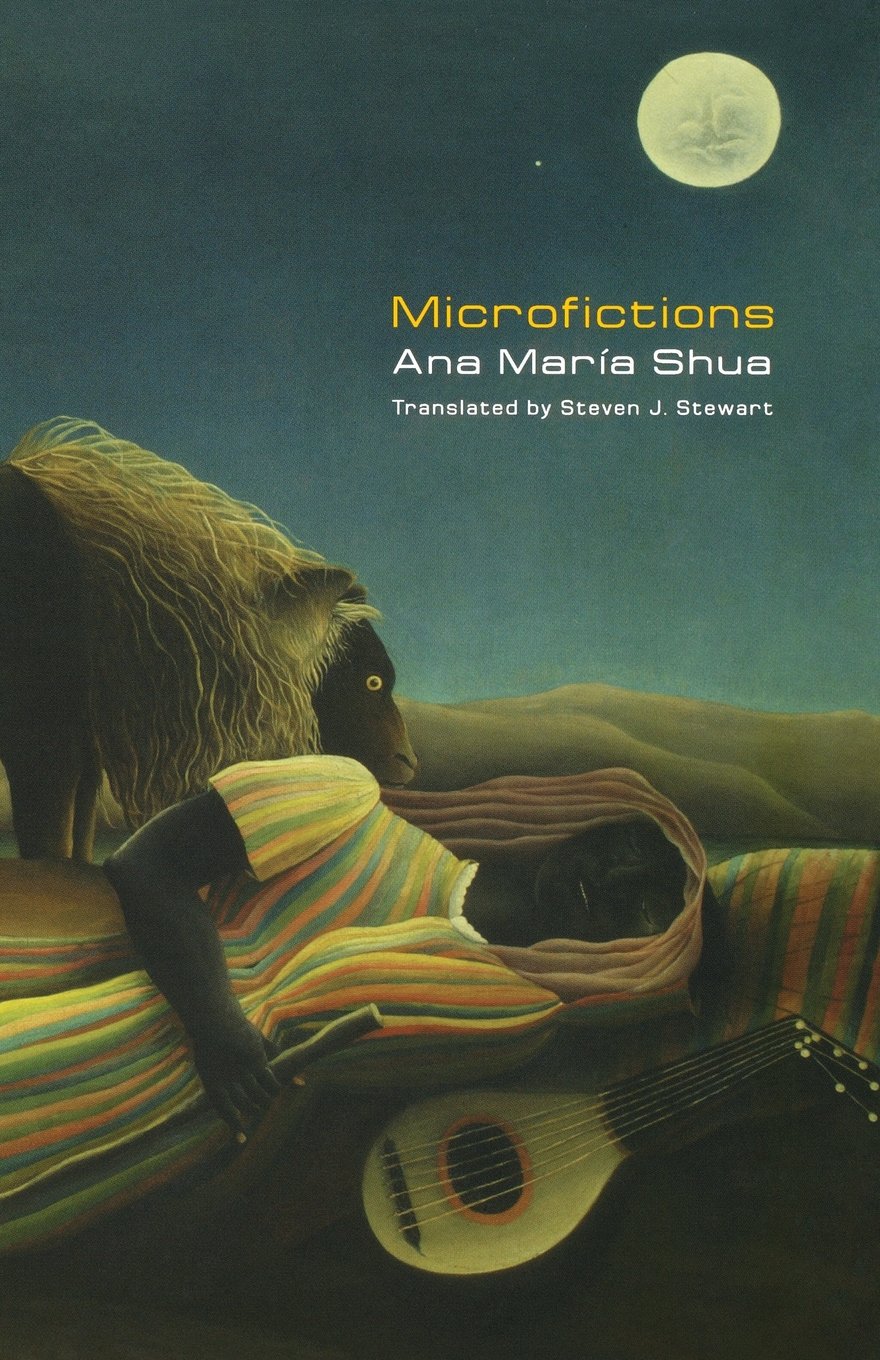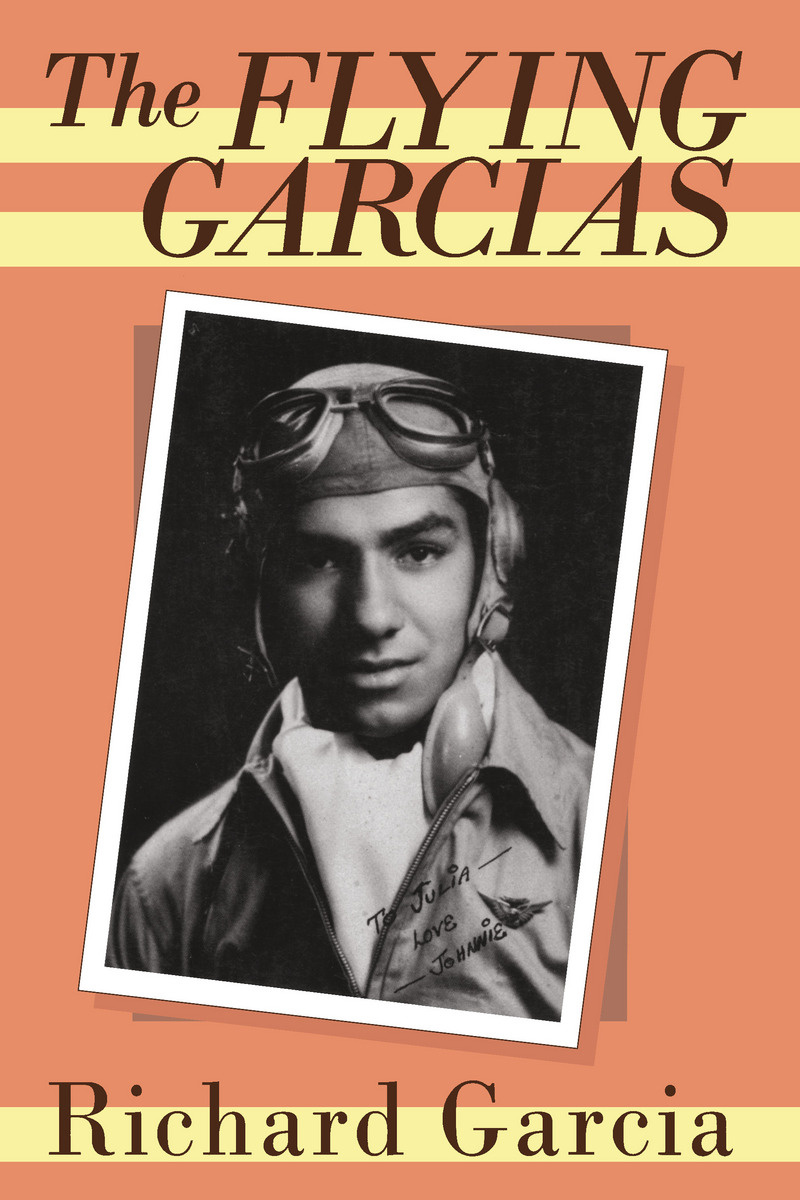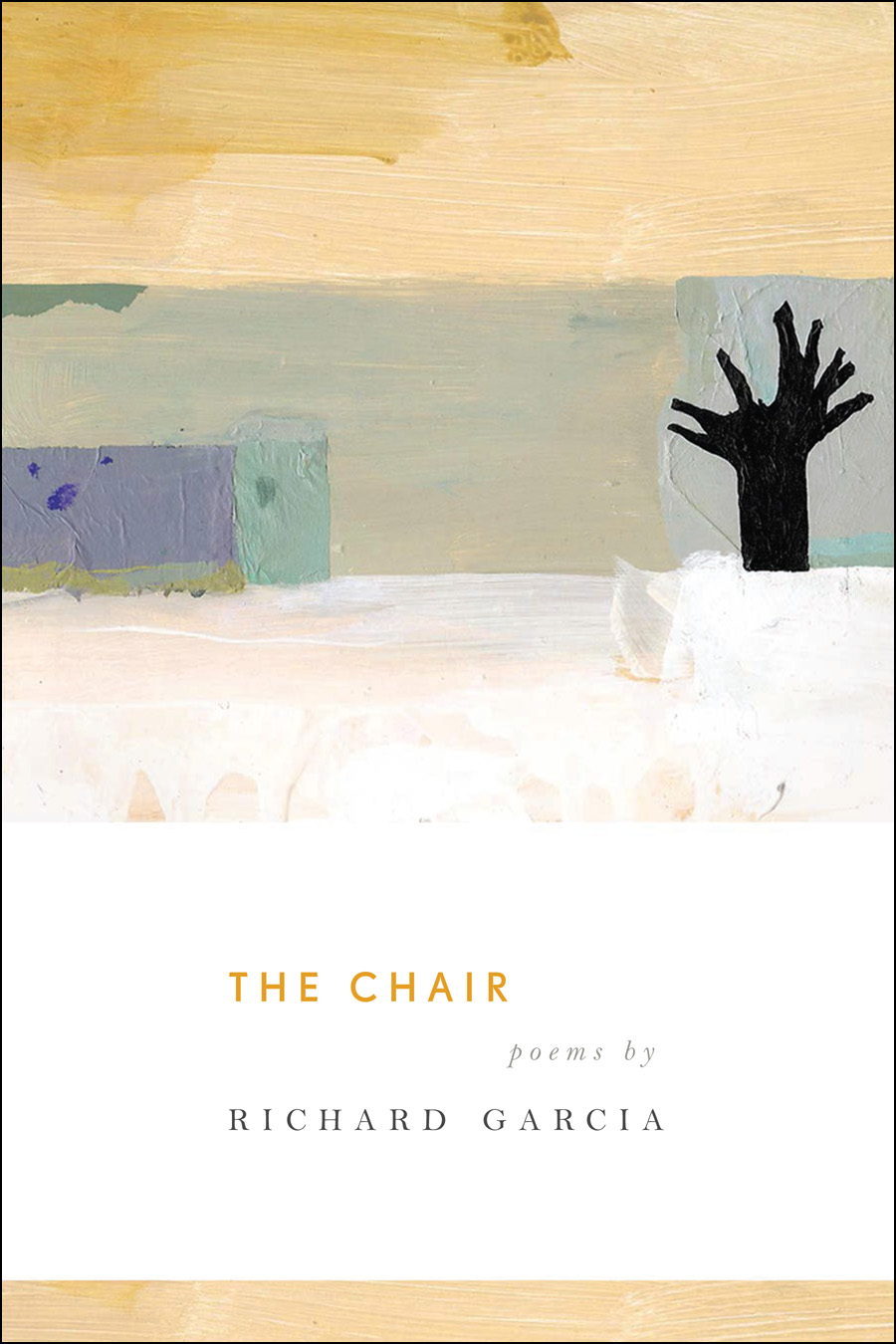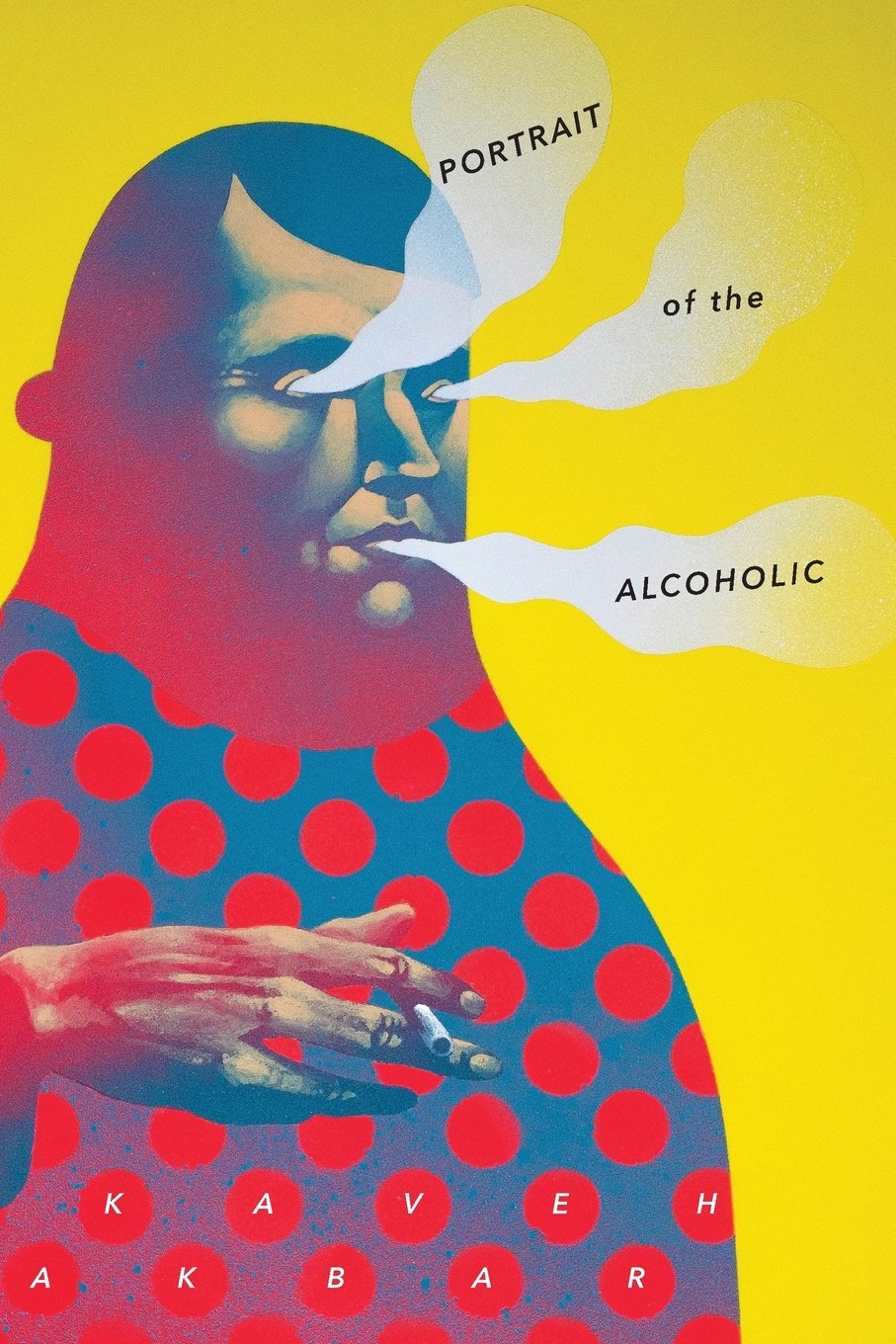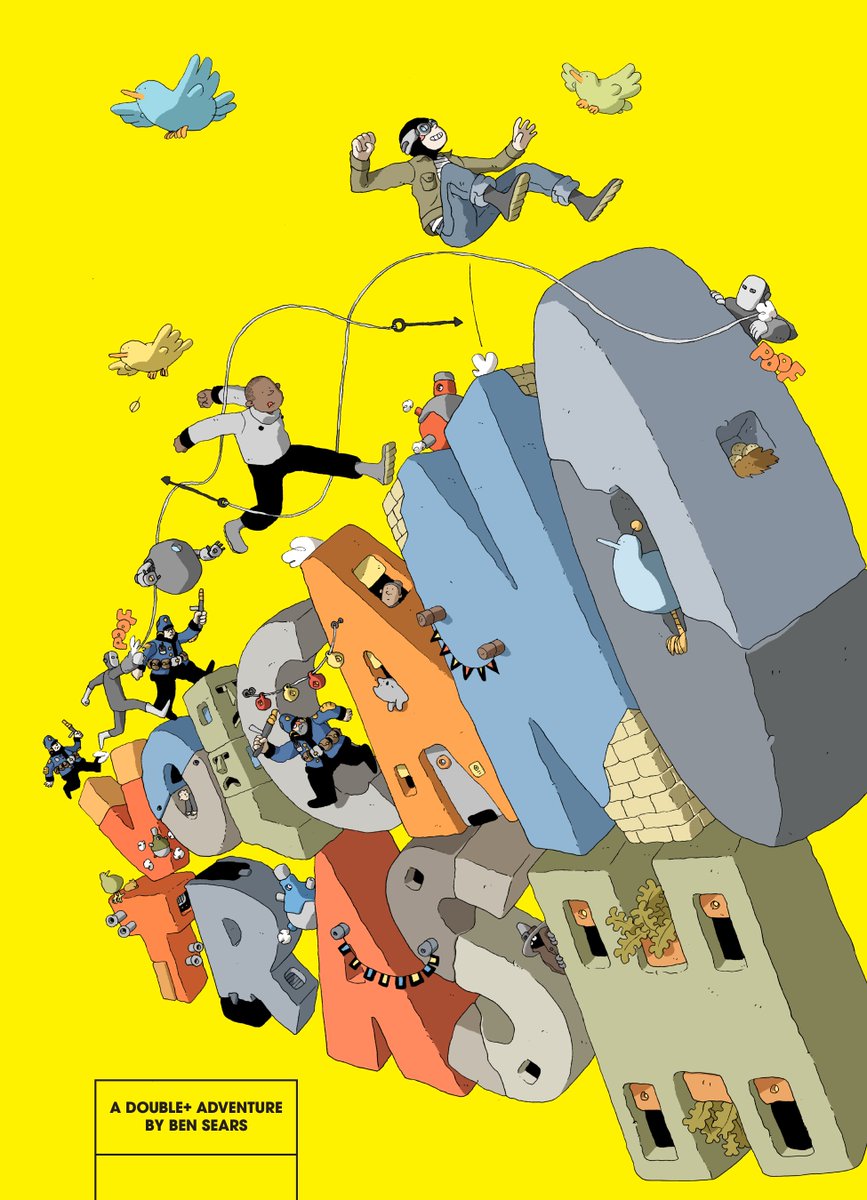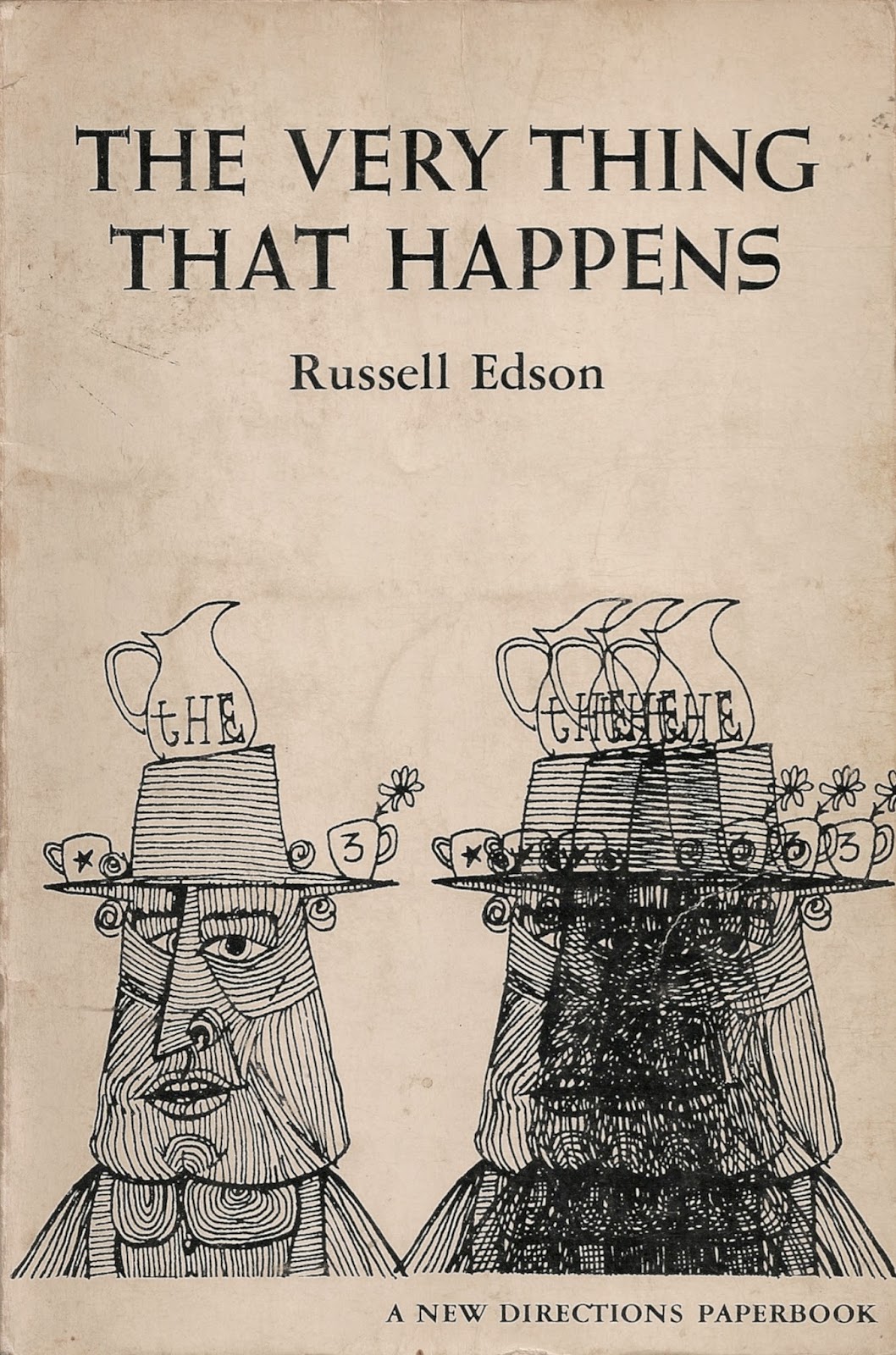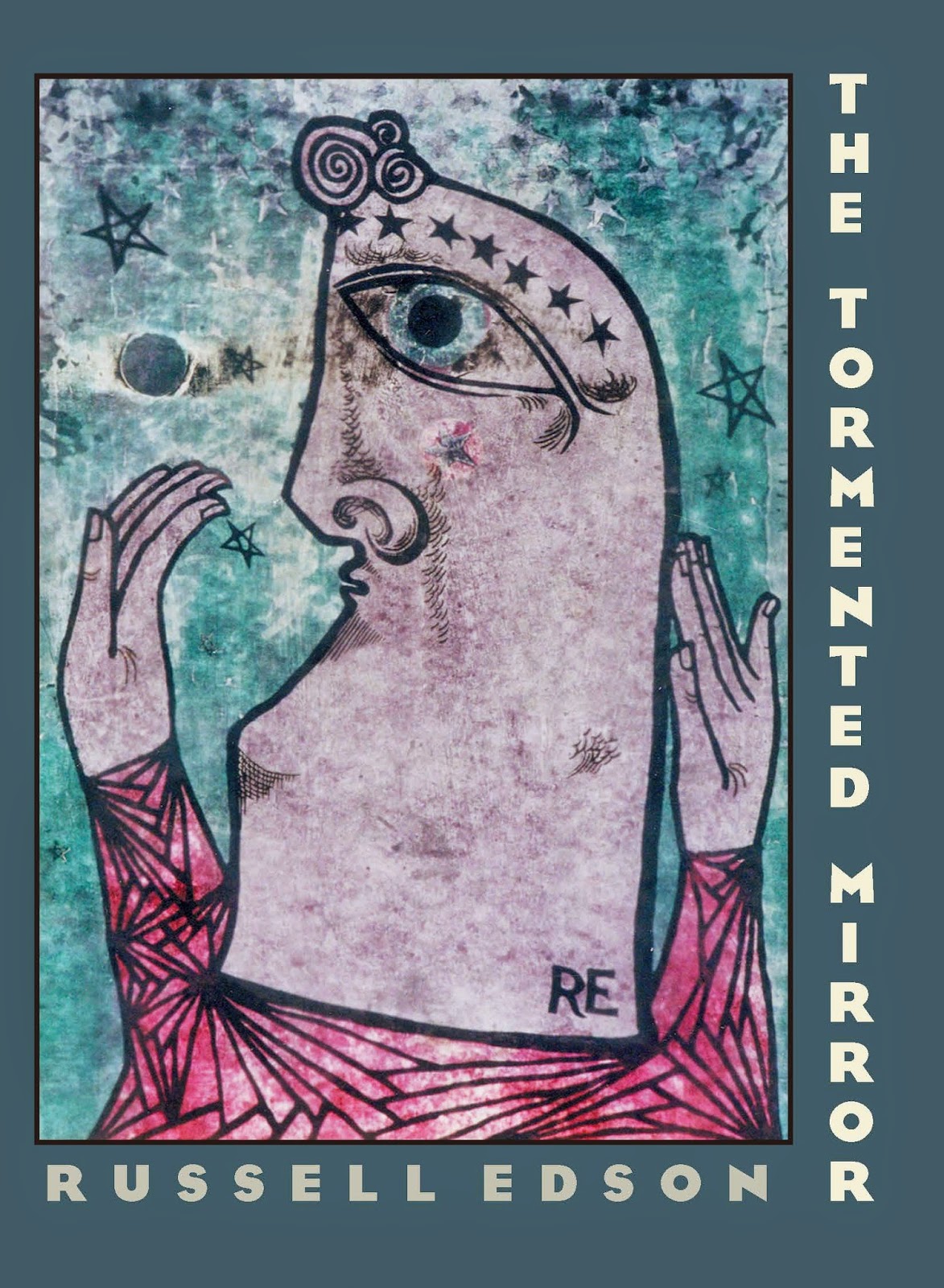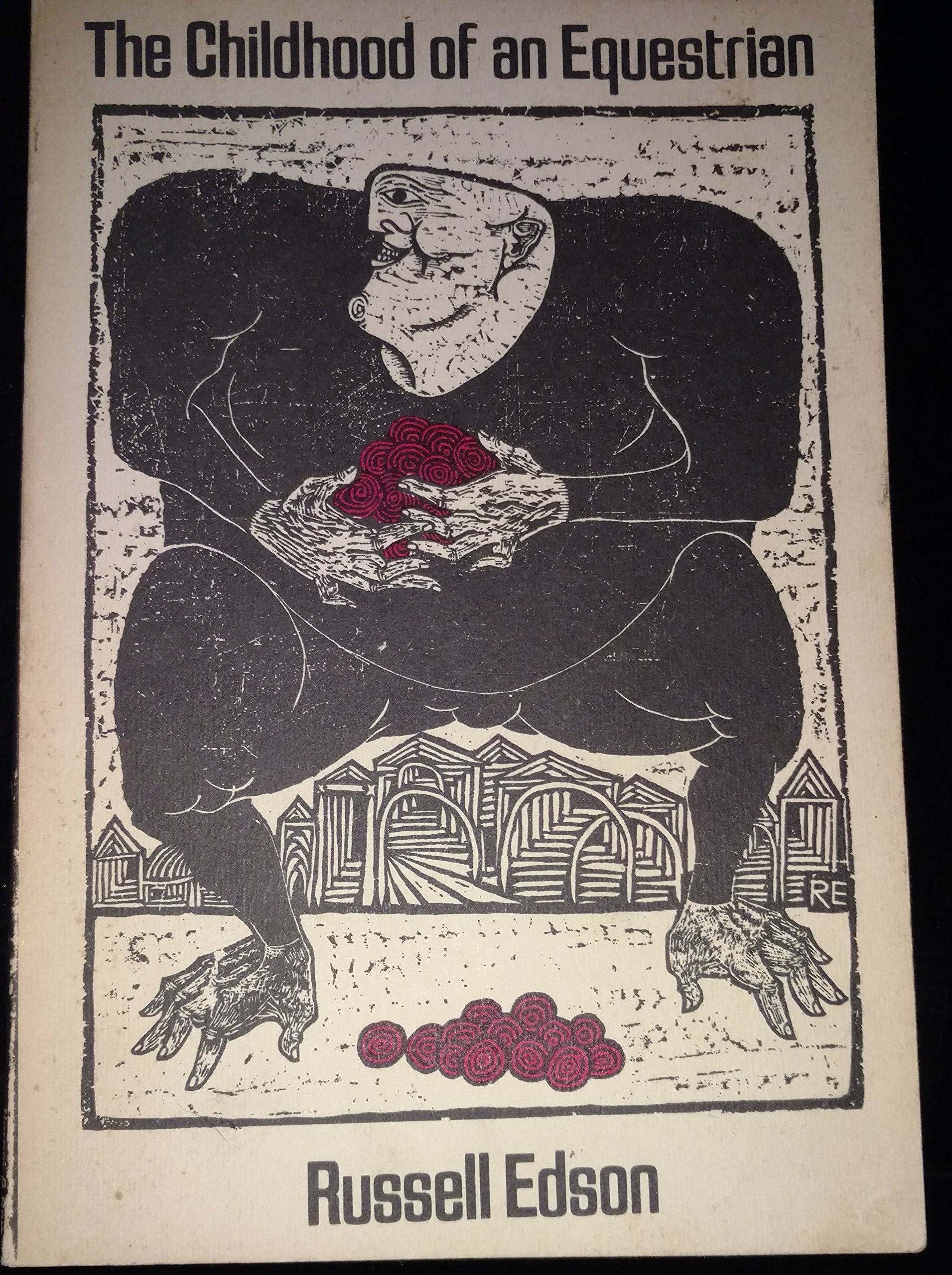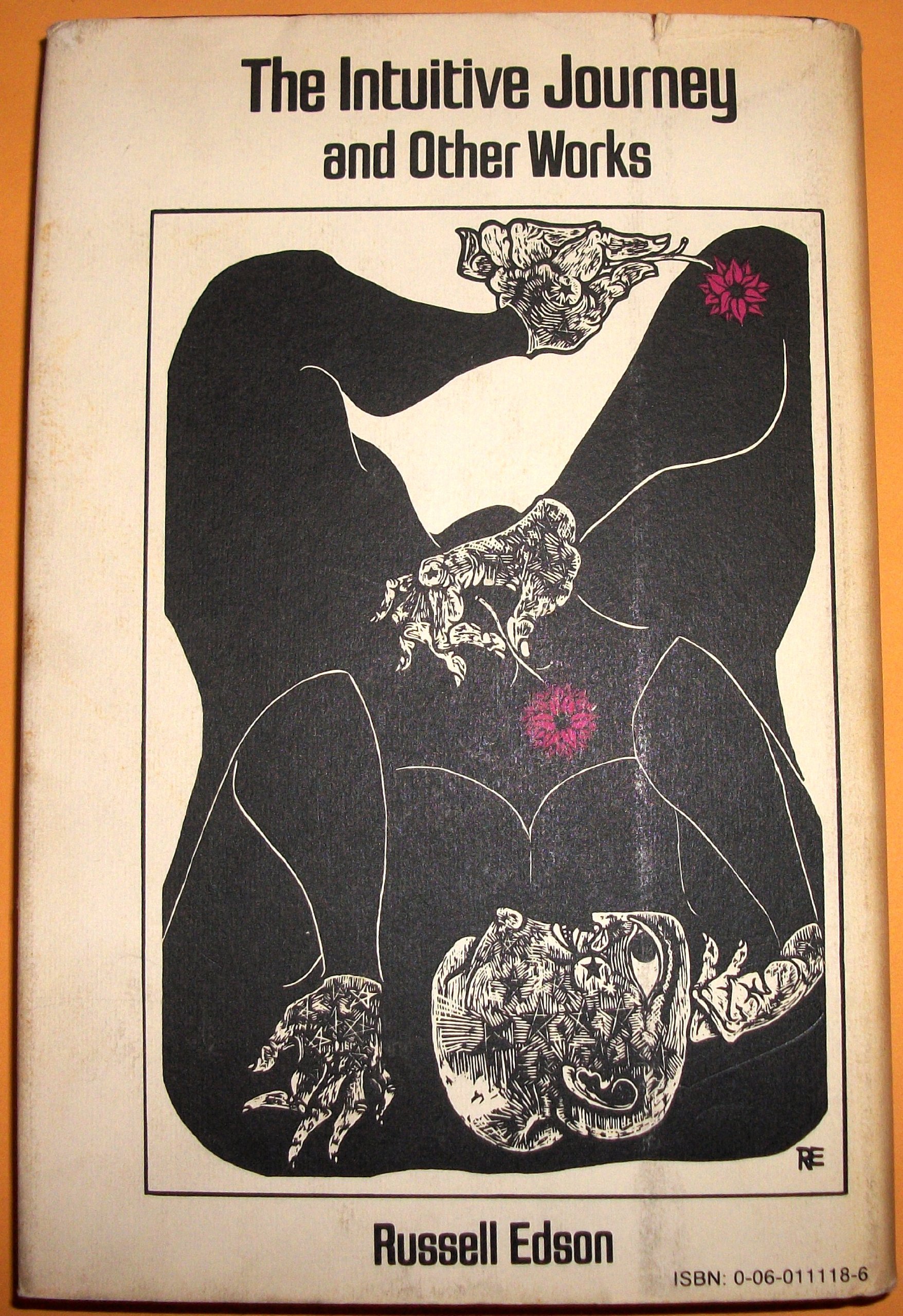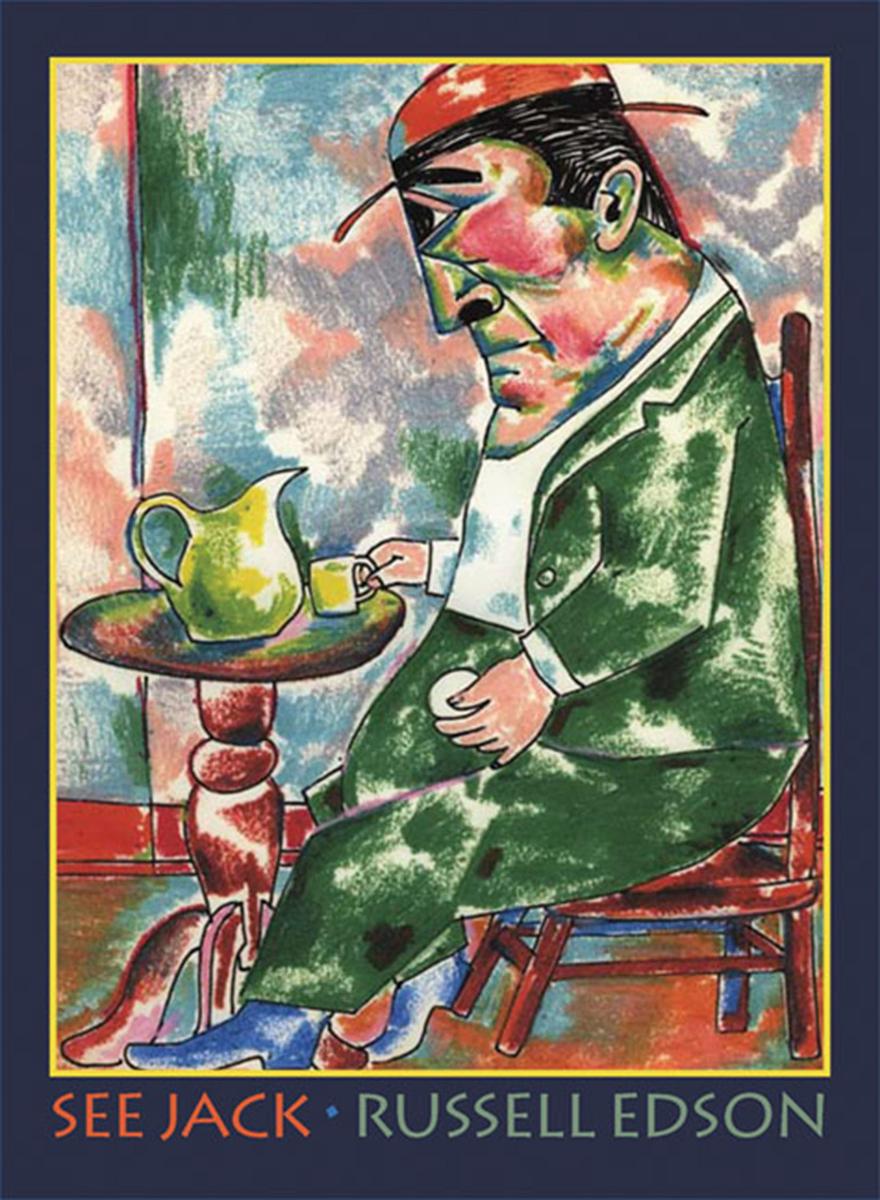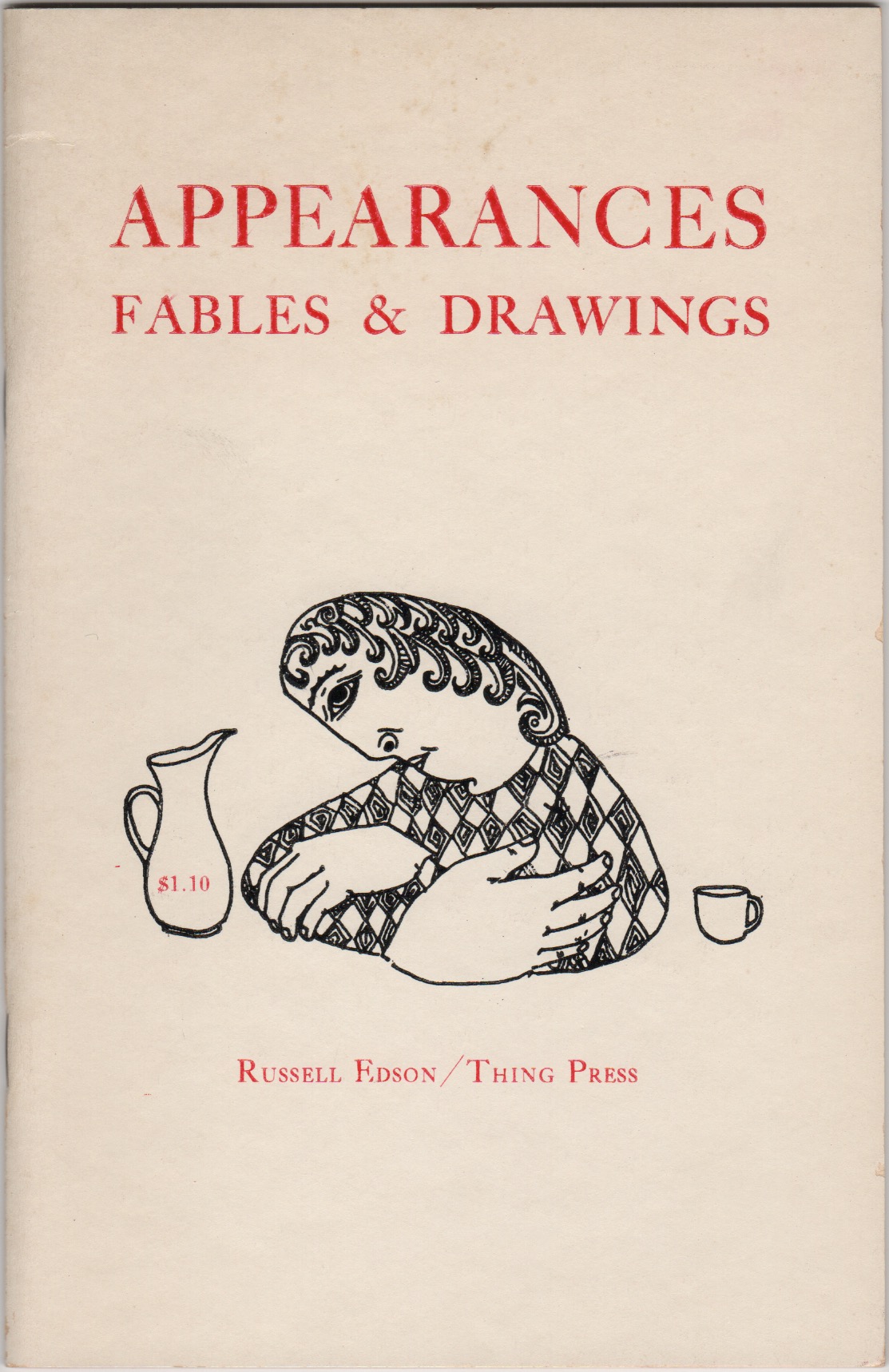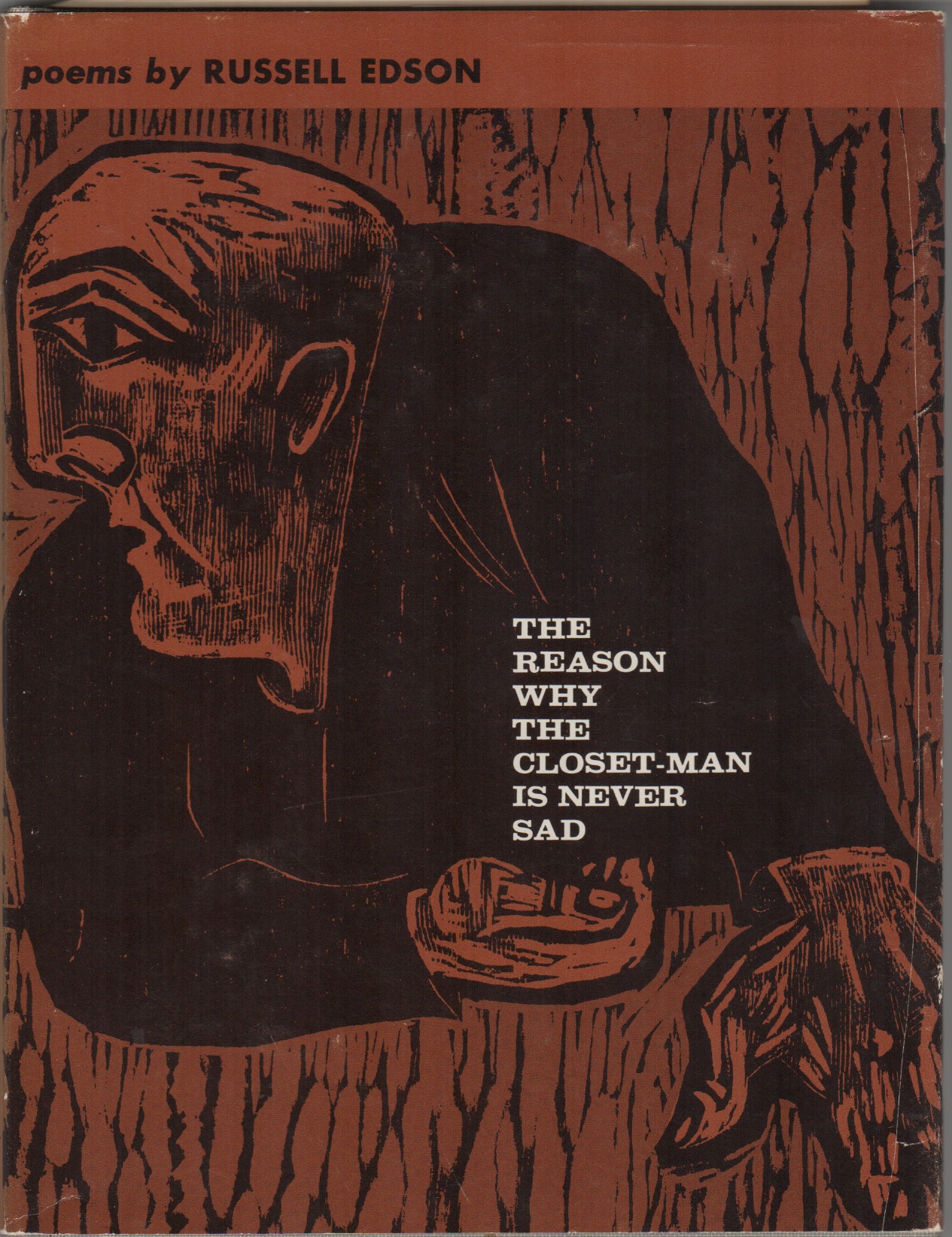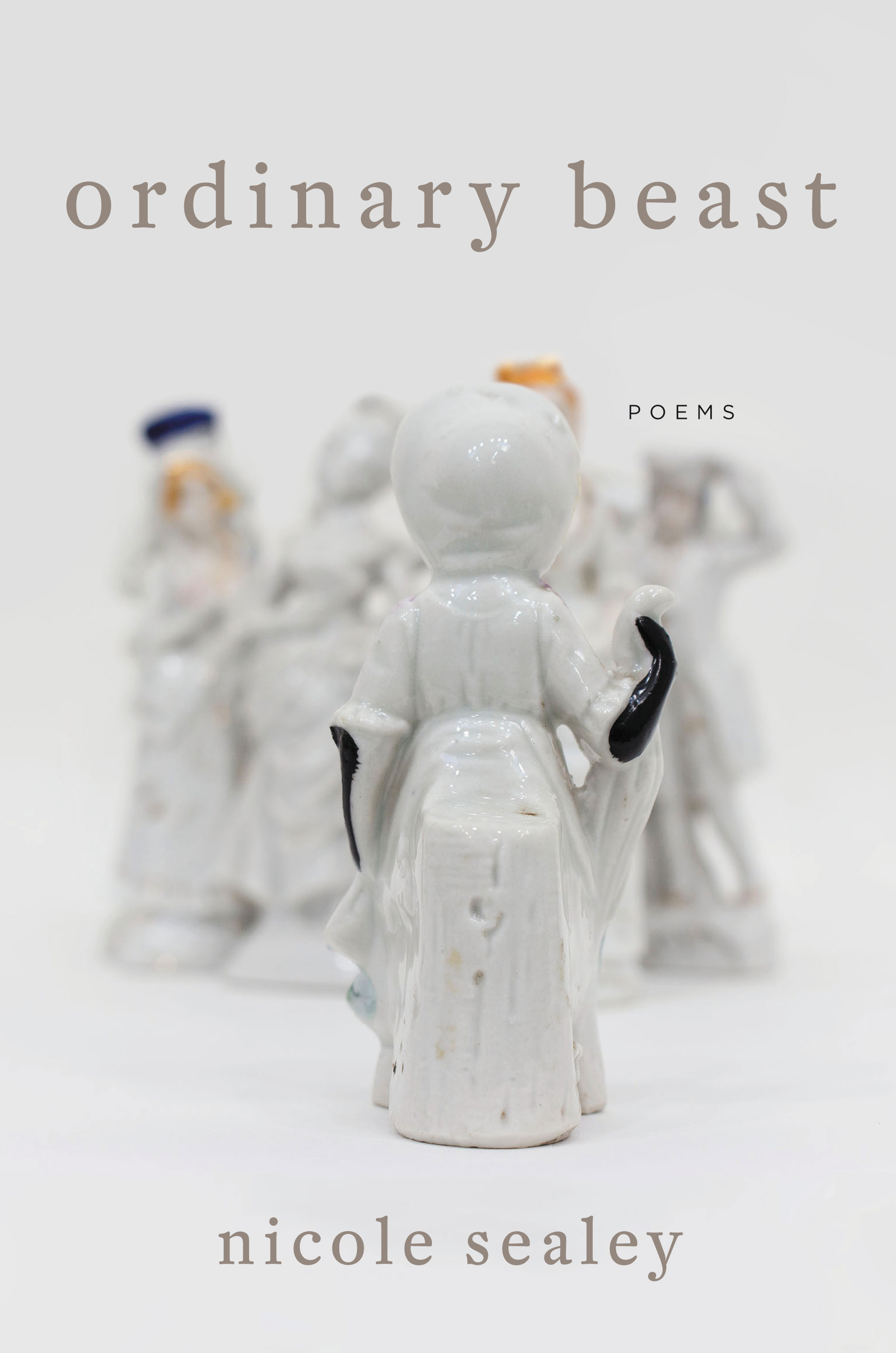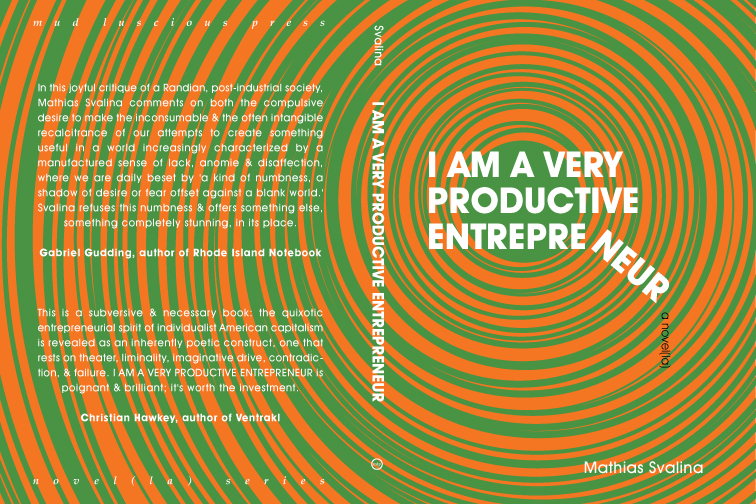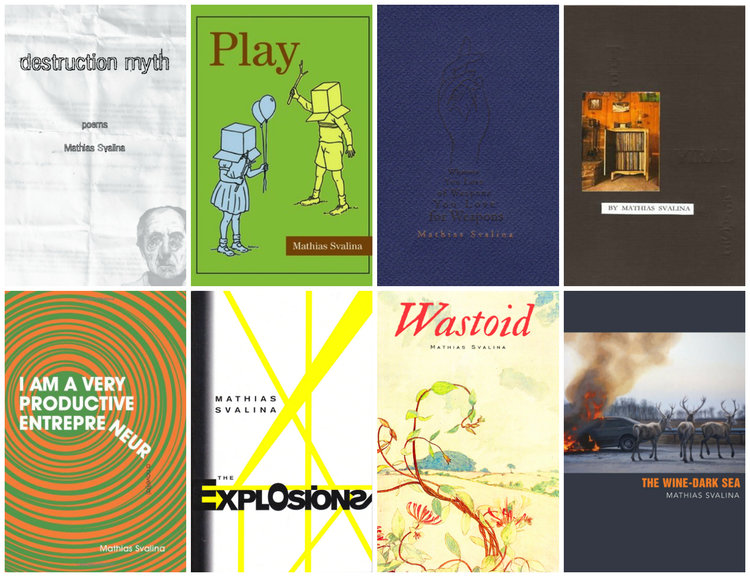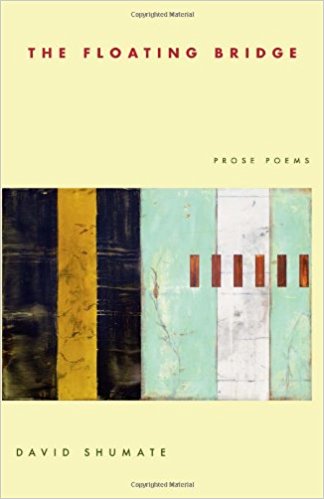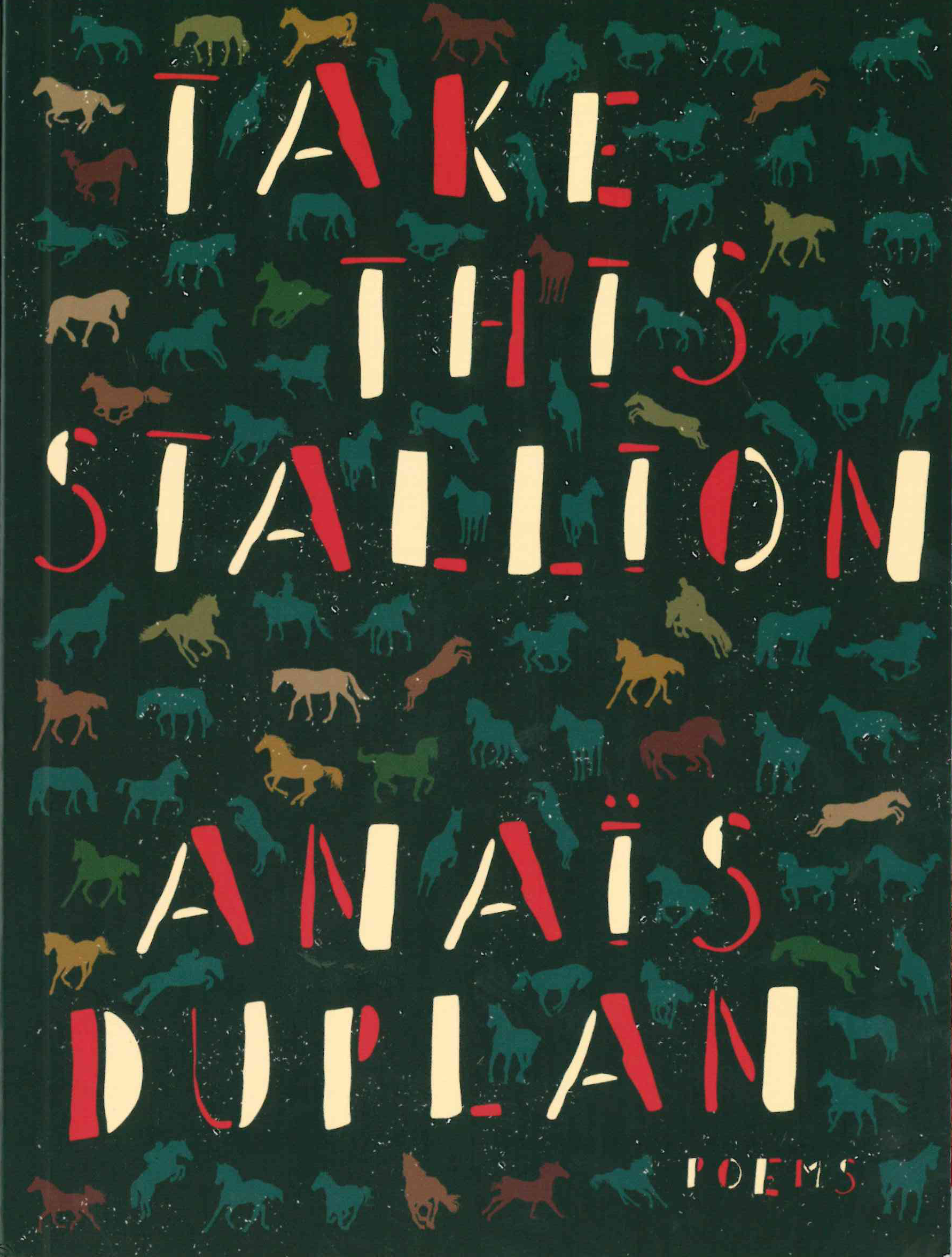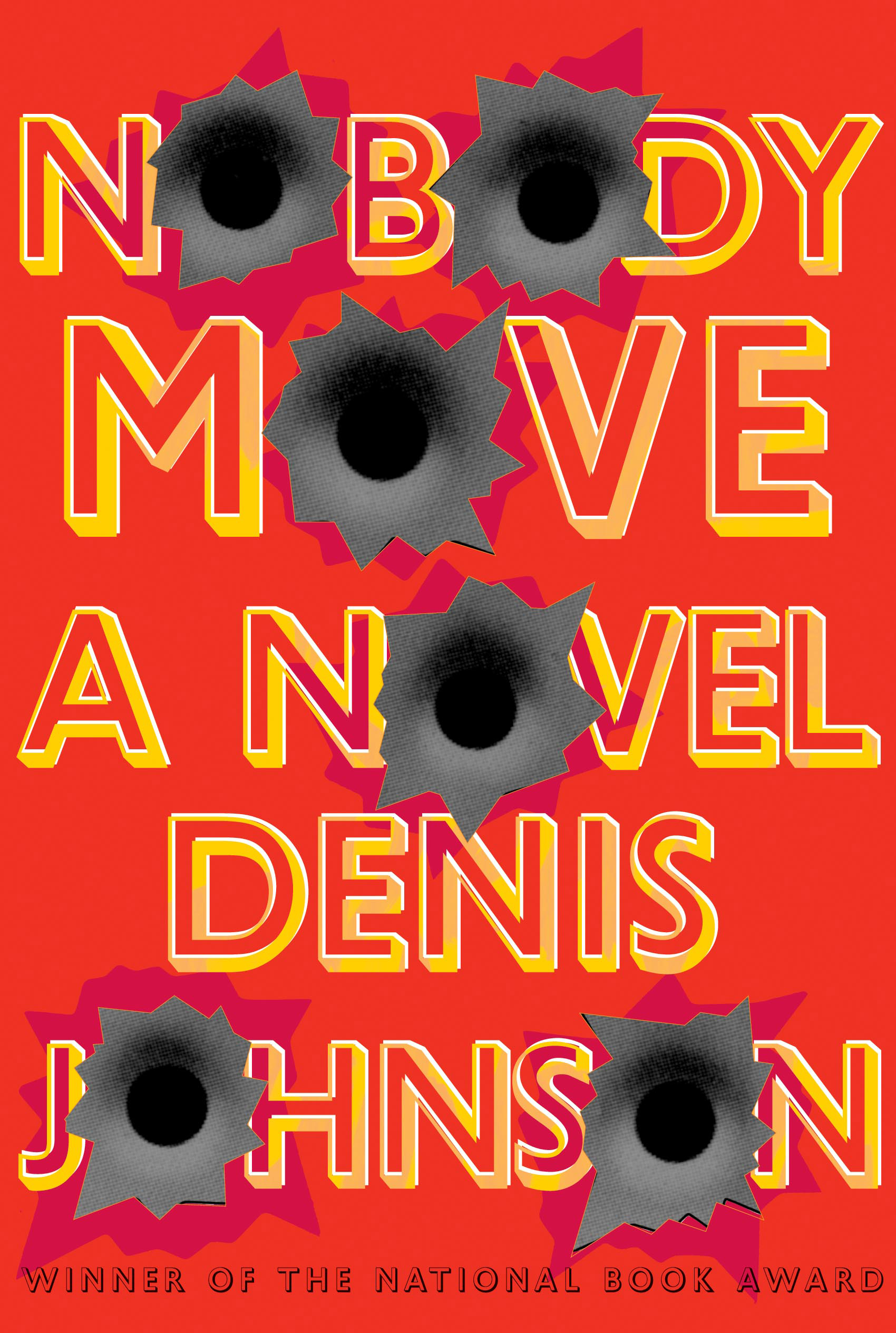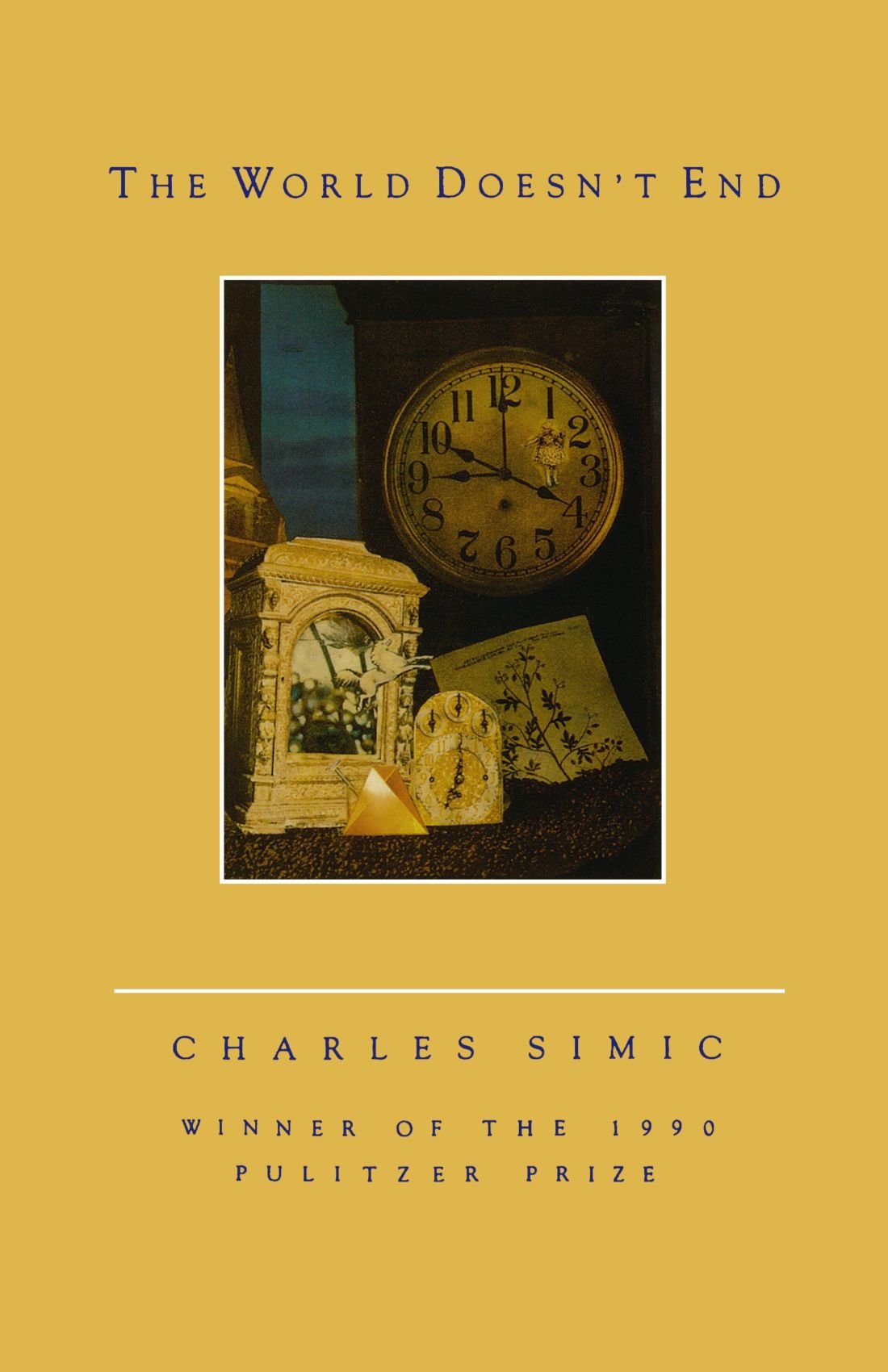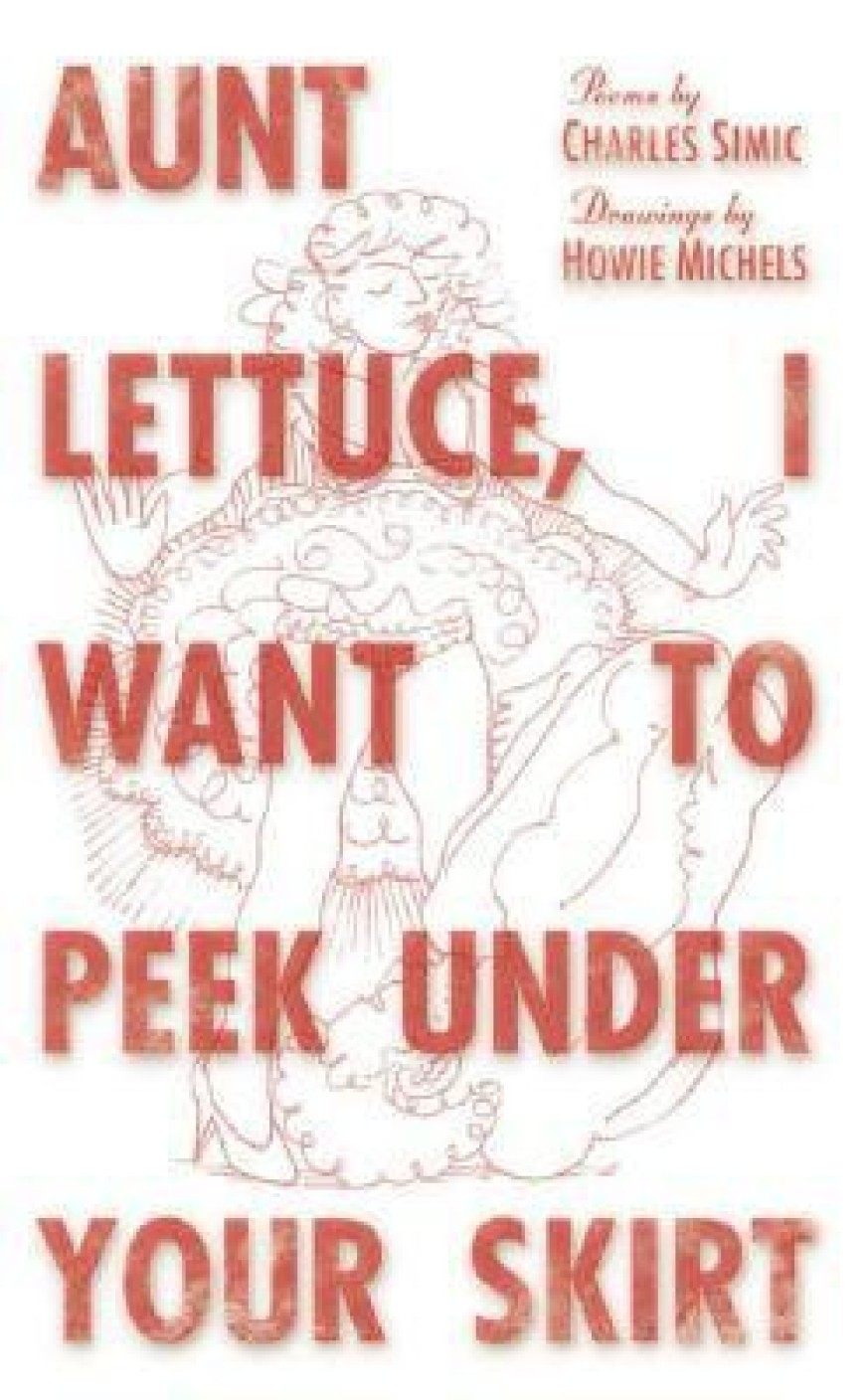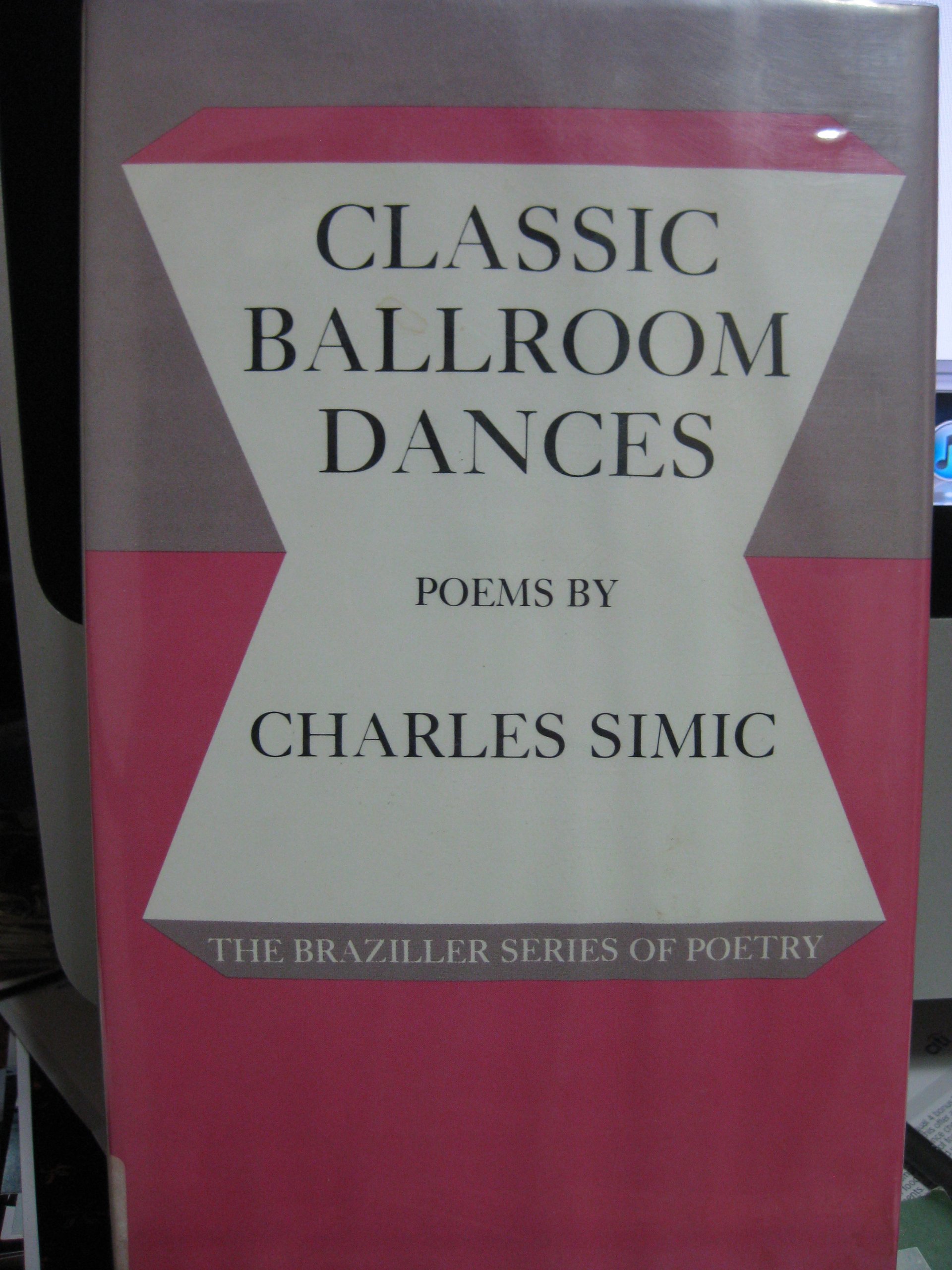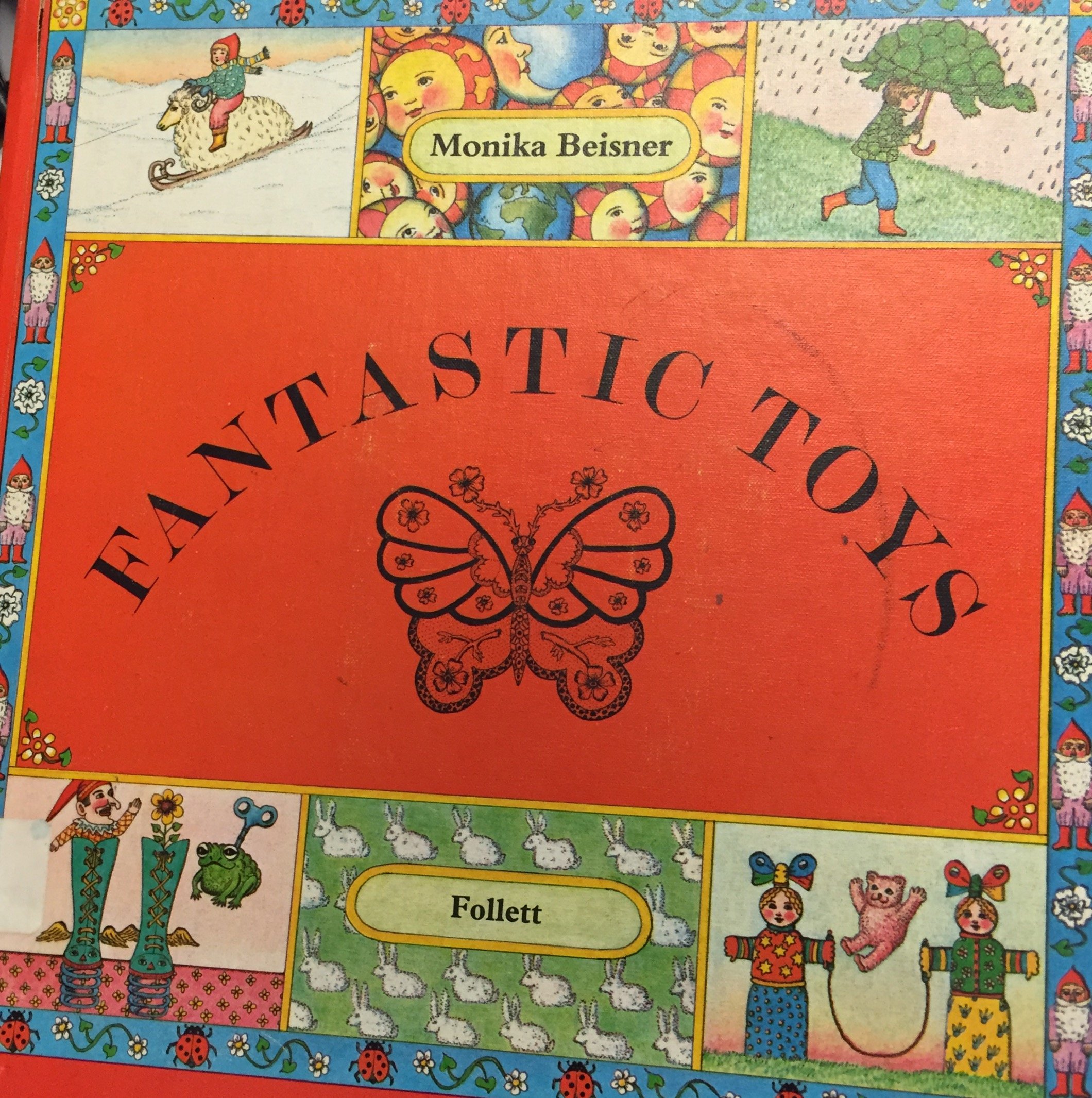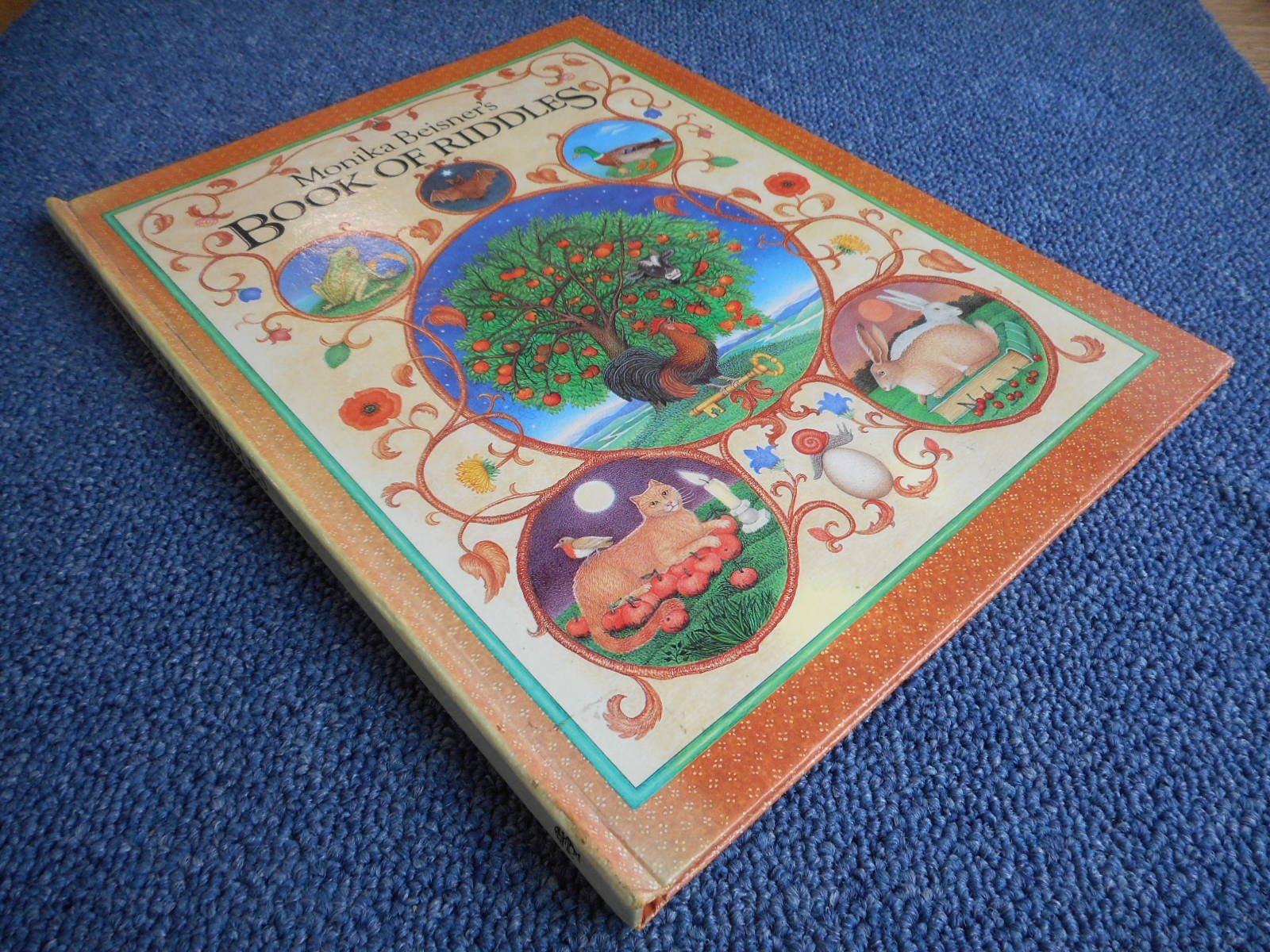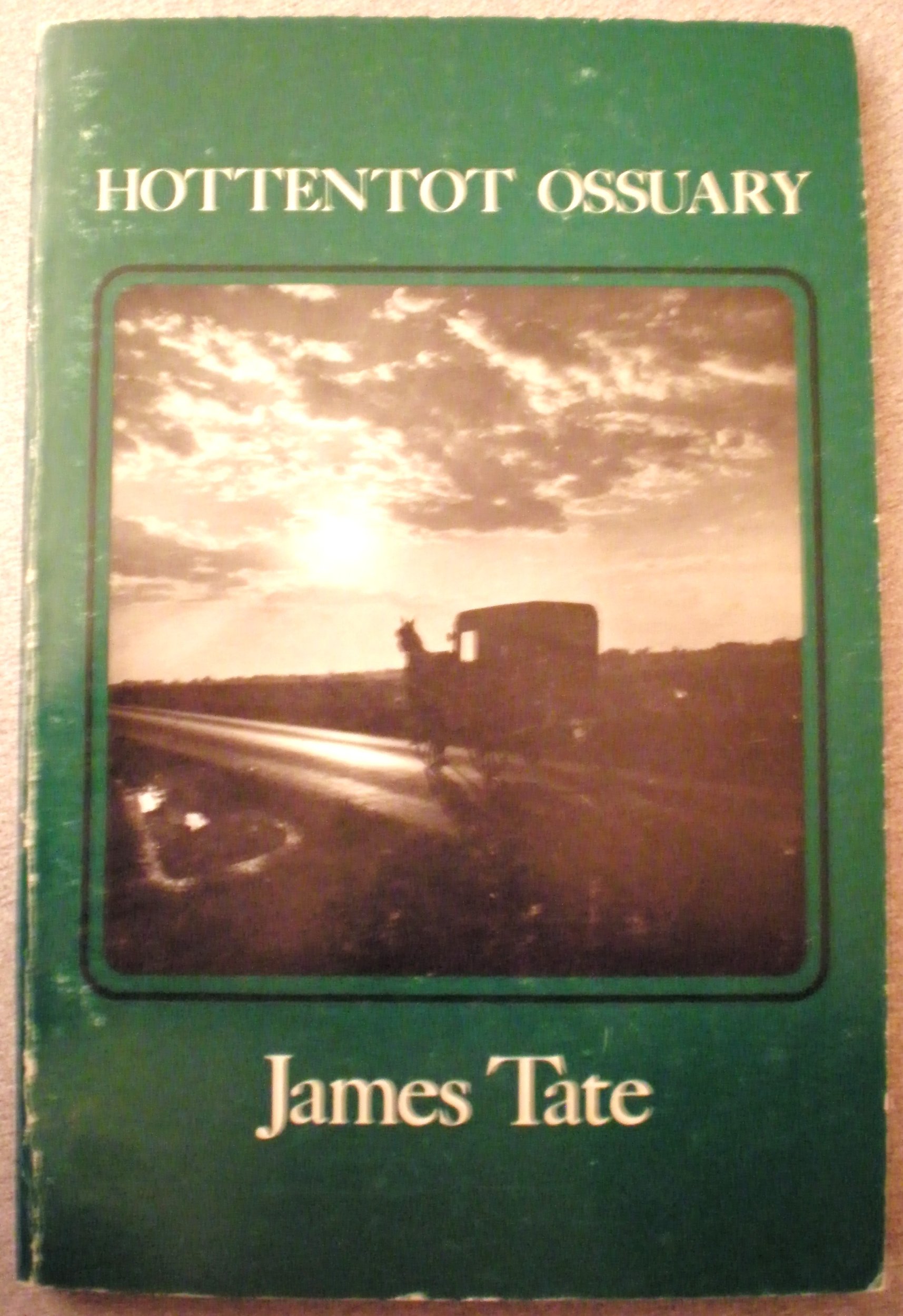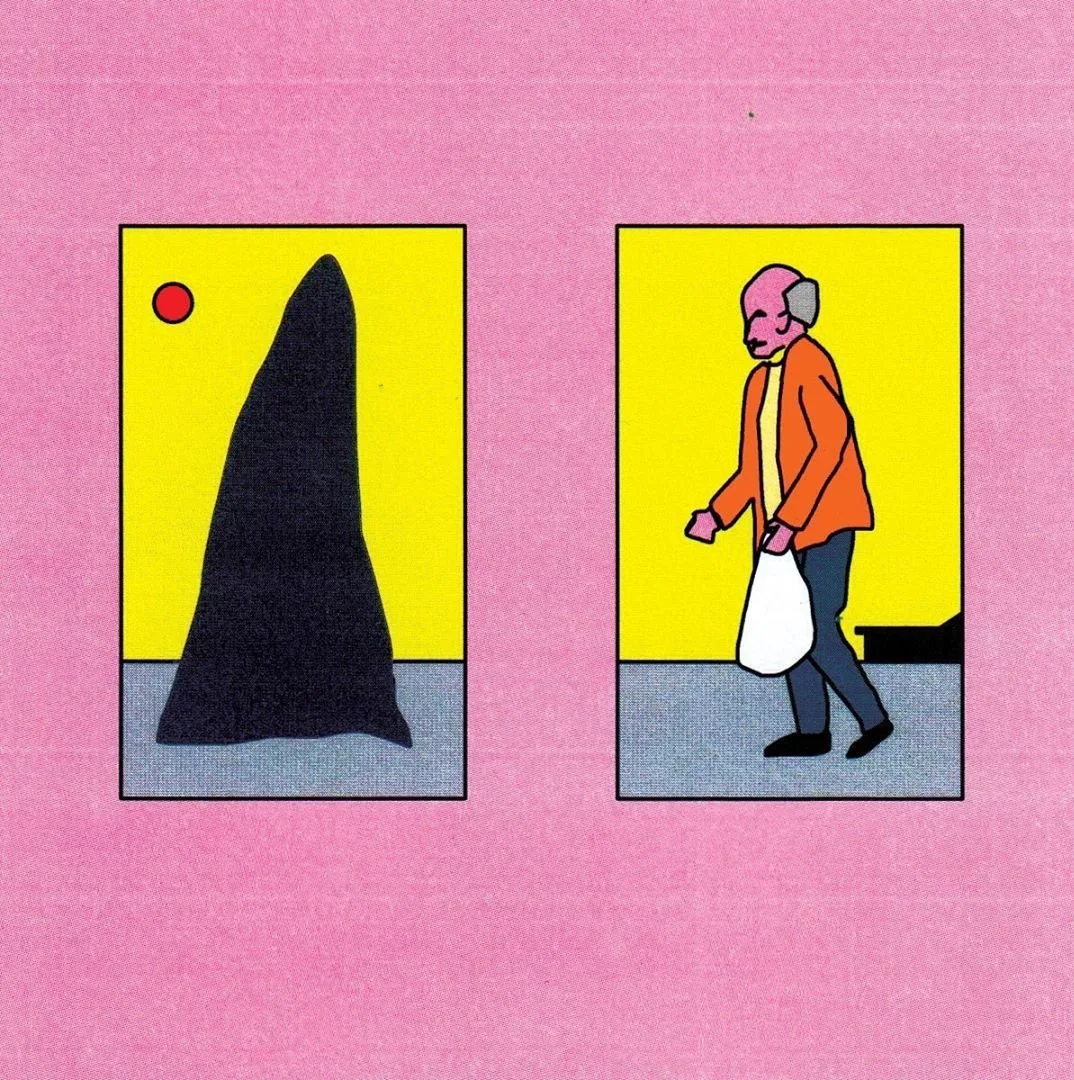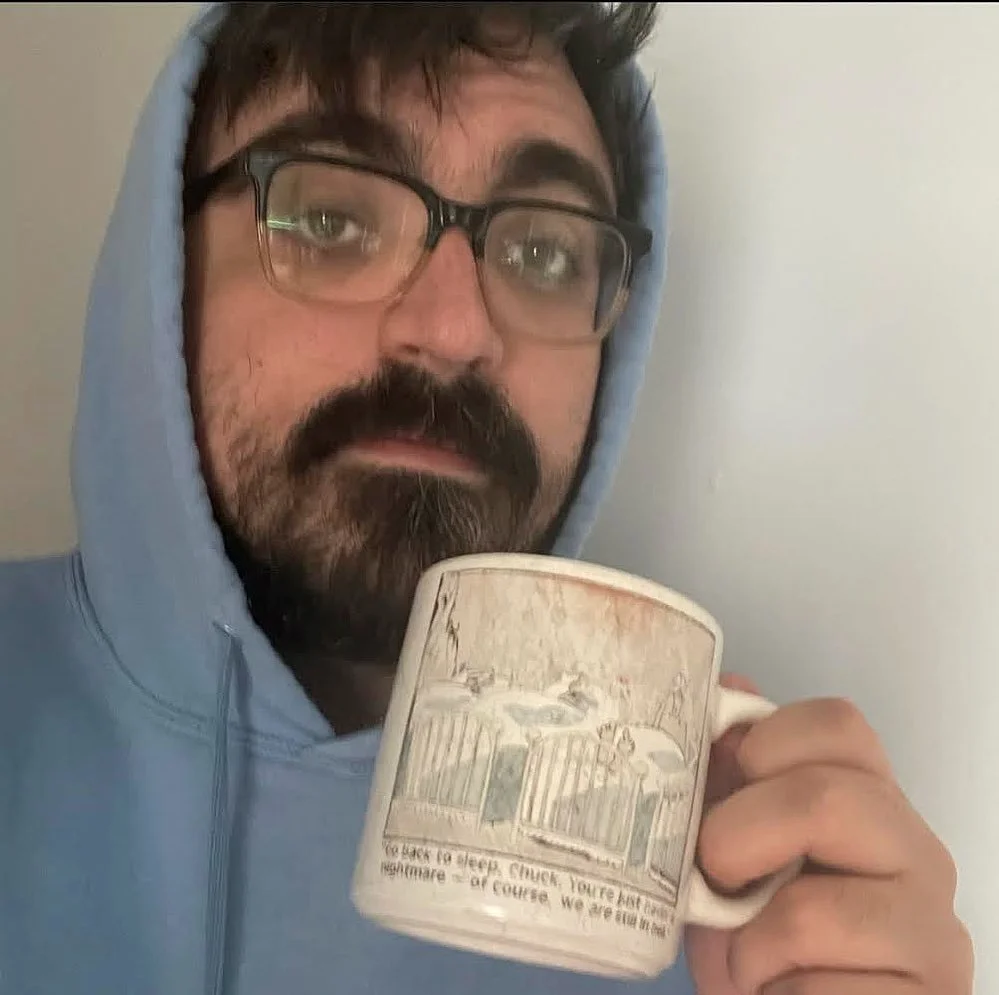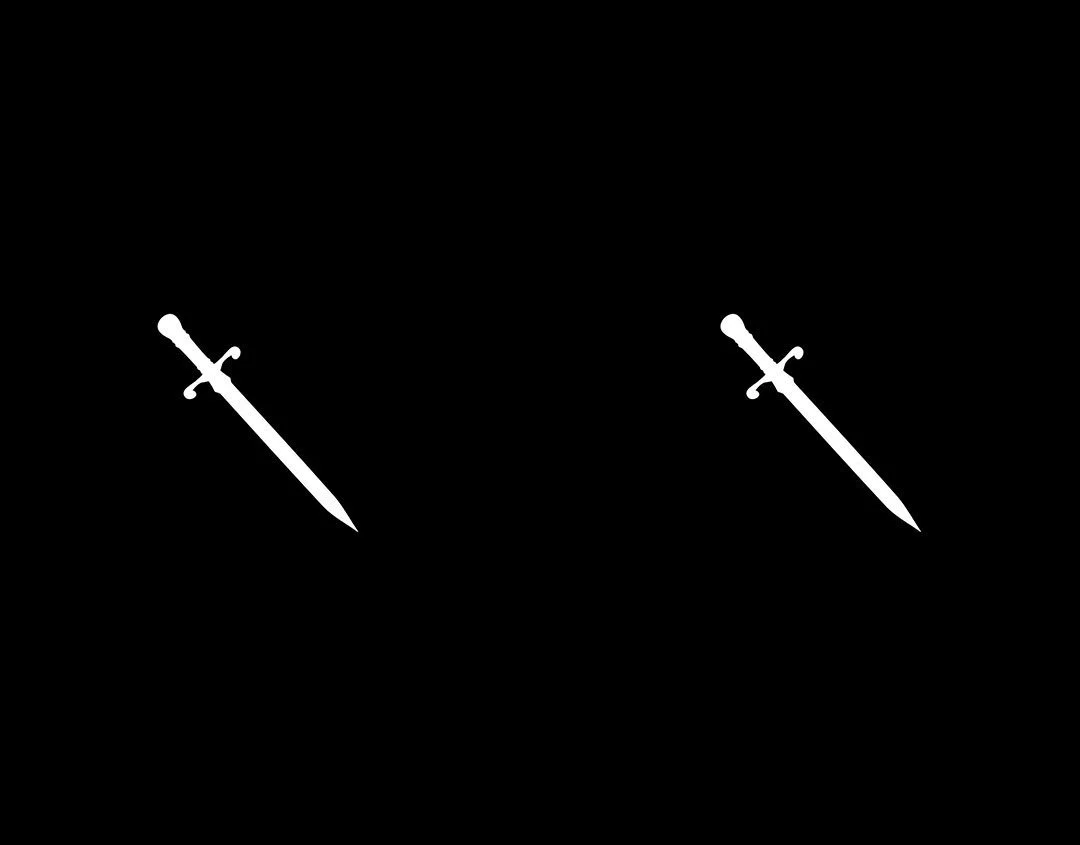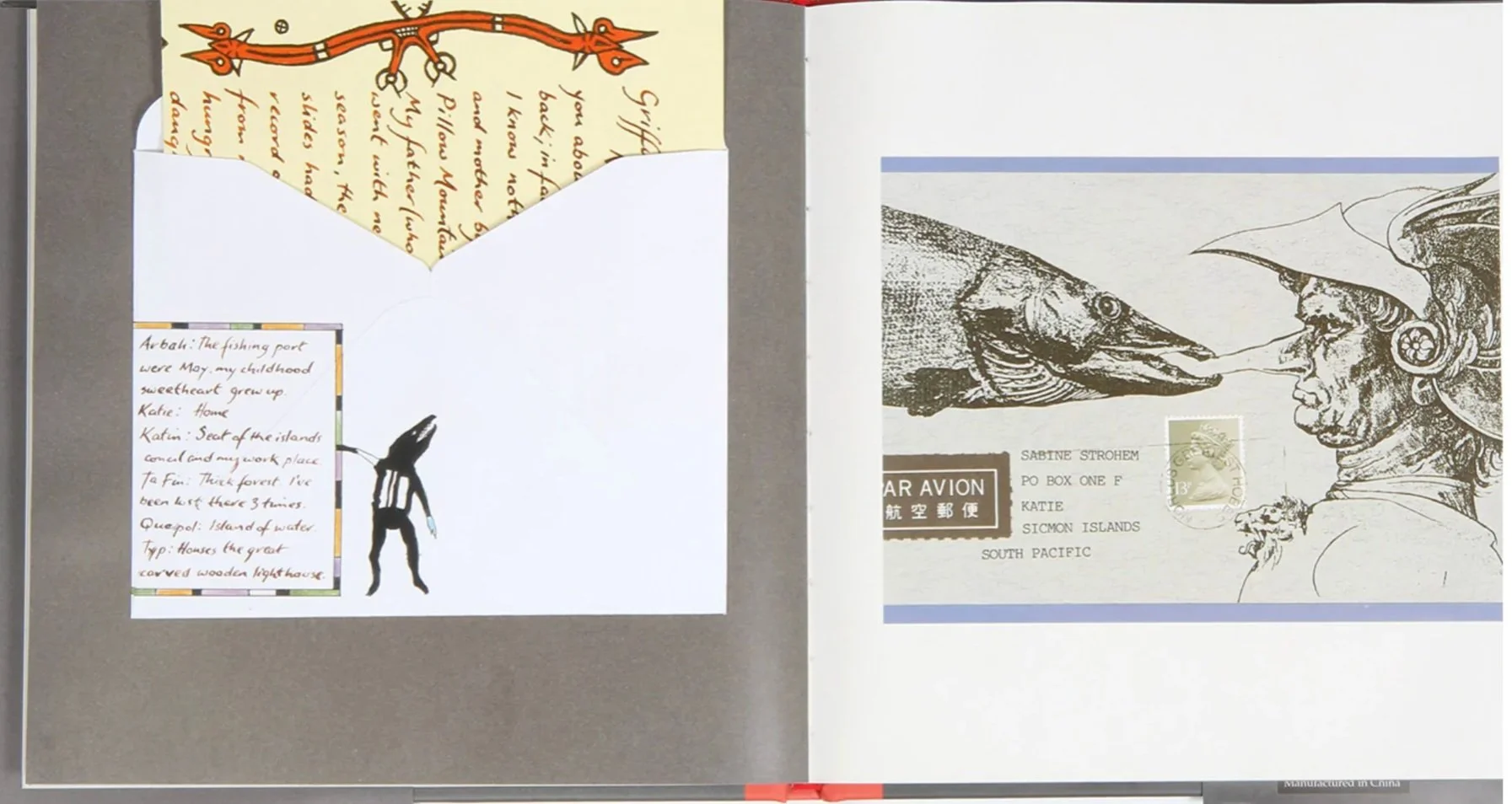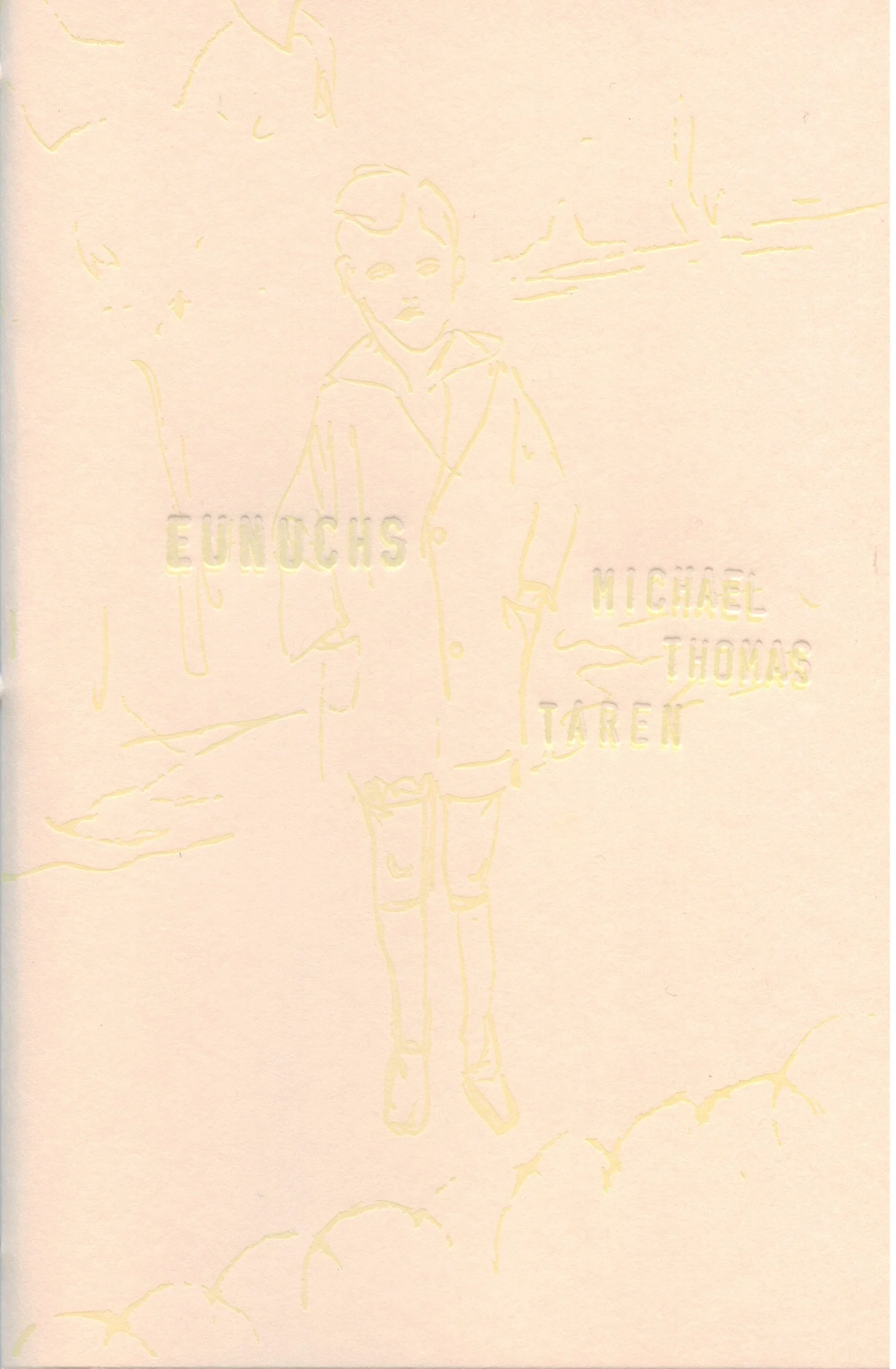2017 was the first year that I fully took advantage of the University of Chicago's library system. Utilizing Interlibrary Loan services as well as our 4.5 million volume collection, I was constantly skimming through first editions books of poetry selling for a few hundred dollars on Amazon. Books by authors I didn't know existed until this calendar year. 2017 was the year that I jumped into the world of poetry. Prior to this year, I always had an appreciation for poetry (thanks to names like Nick Flynn, Bob Hicok, and David Dodd Lee), but it wasn't until just recently that I became fully submerged in the poem.
Along the way, I listened to a couple of audio books, I shed a few tears over the loss of Denis Johnson, and I managed to get through a handful of novels. Without further ado, I present to you, in no particular order, my 25 favorite books that I read this year.
My only rule is that no author is featured twice. If I read multiple books by that particular author, I included all of the names that I enjoyed as one entry. If I allowed myself to feature authors more than once, this list of 25 would be nothing but books by Ana María Shua and Russell Edson.
Richard Brautigan
Trout Fishing in America (1967) // In Watermelon Sugar (1968) //
The Pill Versus the Springhill Mine Disaster (1969) // The Abortion (1971) //
Revenge of the Lawn (1971) // The Tokyo-Montana Express (1980)
I need a fortnight to write about Richard Brautigan. I grabbed his abstract and playful novel Trout Fishing in America at the end of 2016 and finished it shortly after 2017 began. Through the rest of the winter and into the spring, I spent my time reading as much Brautigan as I could. I adore the poignant lines that can set a room on fire. I love that the poetry titles are sometimes longer than the poems themselves. I love that he released eight books in five years. I love that he released poems meant to be read and then planted in a garden. Brautigan provided the kind of writing I seek out: short and sweet, fast-paced and surreal, lyrical and weird as hell. While I read about seven books of poems by Brautigan, most of them are properly collected in The Pill Versus the Springhill Mine Disaster. The remaining names above are loose novels and short story collections, all of which are worth your time.
Ana María Shua
Death as a Side Effect (1997) // Microfiction (2009) // Without a Net (2011)
Ana María Shua is a goliath. The noted 'Queen of the Microstory', Shua's books read like lengthy tweets. Full of humor and dreamscapes, you can fly through one of her books in a heartbeat, but you can also take your time with each page and note how well she transports you to a new world with only 80 or 100 words at her disposal. Her book Without a Net is my personal favorite, as it takes place entirely inside the confines of the circus (while twisting it, at times, as abstractly as she can). Although Shua has written over 80 books, only a handful have been translated into English, including Quick Fix: Sudden Fiction (an anthology I read last year), Microfictions (an anthology), and Death as a Side Effect (a novel with one of the craziest ending I've ever read). Long live the queen.
Tommi Musturi
The Book of Hope (2015)
Tommi Musturi's The Book of Hope is perhaps the most touching and beautiful graphic novel I have ever read. That's not a super considerable co-sign, because I've read less than 100 of them, but The Book of Hope is one that I need for my coffee table. Musturi, a Finnish author/illustrator came together with publisher Fantagraphics for one sprawling and reflective narrative. Tranquil, meditative, and laugh out loud funny, it shows our married narrator going about his retired days in the snowy woods, often lost in yesteryear. This is like Calvin and Hobbes: The Later Years once Calvin cashes out on his 401k.
Richard Garcia
The Flying Garcias (1993) // Rancho Notorious (2001) // The Chair (2014)
Despite being conducted in stanzas, Richard Garcia's 1993 collection of poetry, The Flying Garcias, feels like reading a book of short stories. Quick and sharp backflips of reality that seem to be stuck in the past while also playing with elements of futurism and surrealism. It's a head trip that remains one of my favorites of the year. Following The Flying Garcias, I read Garcia's books of prose poems Rancho Notorious and The Chair (both worth your while), and I'm currently in the process of trying to track down Chickenhead, a 2009 chapbook of prose poems that appears to be out of print.
Charlyne Yi
Oh the Moon (2015)
Recently covered on my blog, Charlyne Yi's collection of short stories and illustrations is a heartbreaking and magical offering. Featuring the world's largest hat as well as the world's smallest baby, it is a whirlwind of a journey, one that feels like a series of storyboards for an animated movie that has yet to be made. As Yi juggles time between poetry and acting and drawing, it will be great to see what she decides to do next with her vibrant imagination.
Kaveh Akbar
Portrait of the Alcoholic (2017) // Calling a Wolf a Wolf (2017)
This year, I spent a great deal of time maneuvering through Kaveh Akbar's Twitter feed, treating it like a goddamn syllabus for an appetizing introduction to modern poetry. I found myself reading interviews he conducted with the likes of Anaïs Duplan, Franz Wright, Diane Seuss, Max Ritvo, and so many others. I found myself taking notes along the way and later enjoying a great deal of poems and poets. While that aspect of Akbar's life is enriching, his own words are equally as captivating and engrossing. The January 2017 chapbook Portrait of the Alcoholic and the September 2017 debut collection Calling a Wolf a Wolf both manufactured muscle relaxers in my jaw as I read. These pages felt like hearing a new style of music. I sat with CAWAW for quite some time, sitting with one poem a day. Poems that deal with downtrodden downers mixed with sorrow, addiction, introspection, and ultimately climbing through a shattered glass ceiling into the sky, where it's easier to breathe. My favorite piece in the collection is “God” which I can't recommend enough.
Steven Dunn
Potted Meat (2016)
I didn't read too many novels this year, and while this book is pitched as a novel (it says so on the cover!), its stylistic outline is more along the lines of sharp and punctured prose poems. Flash non-fiction. Quick paragraphs that feel like punching bags. Microfictions of alley fights and alcoholism. Only a few of the stories exceed a couple of pages, and every story ends with a line that will guarantee to slap you in the mouth. Depending on your state of mind and your digestion, each story will make you a bit more drunk or a bit more sober. This book demands a great deal of more attention and I can't wait to see what Steven Dunn does next with his pen. Thank you to Mathias Svalina for recommending this to me.
Hala Alyan
Hijra (2015)
With every poem I read by Hala Alyan, I feel like I am preparing for battle. Where modern technology doesn't exist and being alert and electrified is essential for survival. Following four pieces that made me mutter "holy shit" via The Rumpus, I picked up her third book of poetry, Hijra, and continued to be floored. Told through hallucinations and crisp myth, Alyan covers the flight and displacement of various females in her family from Syria. This book is the kind of book to make you reach for a highlighter, the kind of book to make you look back at your own work and sigh. On top of sharing her incomparable poetic voice with the world, she is also a clinical psychologist and fiction author who released her debut novel, Salt Houses, this year.
Ben Sears
Night Air (2016) // Volcano Trash (2017)
While I'm hardly a comic book enthusiast, I do grab a batch of graphic novels every year and try my best to keep up with impressive imprints like Fantagraphics and Koyama Press. If Koyama Press is an elegant chandelier then Ben Sears is a bright candle. One of the standouts was his Double+ character, who plays the lead within inviting adventures like Night Air and Volcano Trash. From castles and haunted beings in Night Air (think Waluigi with more one liners) to a 'Mission Impossible' type labyrinth in Volcano Trash, the hero and robot brigade continue to impress as they do things their own way through a medley of shenanigans. Look out for the next installment arriving in 2018.
Russell Edson
Appearances: Fables & Drawings (1961) //
The Very Thing That Happens: Fables & Drawings (1964) //
The Childhood of an Equestrian (1973) //
The Intuitive Journey & Other Works (1976) //
The Reason Why the Closet Man is Never Sad (1977) //
The Tormented Mirror (2001) // The Rooster's Wife (2005) // See Jack (2009)
What a treasure! What a gem! I thought that discovering Richard Brautigan early in 2017 would be the standalone highlight of my literary year, but reading and digesting the work of Russell Edson in the spring/summer/fall of 2017 was equally as rewarding and enjoyable. Twisting the concept of poetry on my head (mind you, I'm still new to this), I jumped into fables, prose poems, and even novels with Edson. Try reading his novel Gulping's Recital if you can find it. I even went so far as to read interviews with Edson and listened to some of his readings. I can't speak of his work highly enough and I wouldn't even be able to tell you where to start, but I began with The Very Thing That Happens simply because of the cover.
Sam Sax
sad boy / detective (2015) // Madness (2017)
This collection fucked me all of the way up. I had it ordered at our library and read through it twice in two days, then grabbed my own copy so I could underline and scribble all over it. Sam Sax covers mental health alongside topics of lust, sexuality, and identity, like scrolling through Grindr in a hospital wing. The poems are captivating, structurally sound, and brilliant blends of hallucinatory surrealism with startling and sobering imagery. I think Sam Sax has plenty more words for us all down the road.
Buddy Wakefield
Stunt Water: the Buddy Wakefield Reader (1991-2011) (2015)
20 years of Buddy Wakefield. I was thoroughly impressed with a few of his pieces in a Junkyard Ghost Revival issue. I then watched his TED Talk, followed by another live performance, and another, and another, until I grabbed his book and read the entire collection. Once you understand his voice, reading Buddy Wakefield feels like listening to someone sitting right next to you. His pieces are gritty and raw 'story times' while also uplifting and, at times, magical. Motivational while also confessional, this book is a collection of three previously released (now out of print) books, and it's something you need when you can't seem to adjust that scowl of yours.
Alberto Rios
Whispering to Fool the Wind (1982)
Richard Garcia's poems changed my life. Following my reading of The Flying Garcias, I read an interview with Garcia where he said that Whispering to Fool the Wind is what got him into writing. "I liked his American, Mexican, playful, dark and serious humor." With poetic pieces that create miniaturized narratives, his pieces feel like microscopic myths and sweeping fables. Rios crafted a number of dreamsongs with his 1982 collection. While I want to include it on this list as well, I have yet to finish his book of short stories, Pig Cookies, but it's damn good so far.
Jesse Jacobs
Crawl Space (2017)
Jump inside a dryer and enter a new dimension. Jesse Jacobs' new tripped out graphic novel plays creatively with rainbows in the dark. Shout-out Ronnie James Dio. This book follows Jacobs' past trio of incredible releases: the slimy and extraterrestrial Safari Honeymoon (2014), the cosmic and philosophical By This You Shall Know Him (2012), and his snowfilled debut Even the Giants (2011). Now, he is back with Crawl Space, a book that might have you looking harder than you expected for your one missing sock.
Nicole Sealey
The Animal After Whom Other Animals are Named (2016) //
Ordinary Beast (2017)
Since I come from a music journalism background, my brain likes to think that poet Nicole Sealey released a strong EP last year and a powerful LP this year. Author of the 24 page chapbook The Animal After Whom Other Animals are Named, Sealey expanded on her pieces (including some overlap) with the debut full-length Ordinary Beast, tackling topics of race, romance, diseases, and hysterical strength. I particularly love this poem, where Sealey begins with a unique/intriguing fact, freeflowing her words through whimsy, humor, dialogue, and ultimately backflipping into something really touching and moving. It's a rollercoaster ride I'm getting in line for every time.
Malachi Ward & Matt Sheean
Ancestor (2016)
Ancestor is a graphic novel worth your while. Taking place not too far in the future, the sci-fi experience begins with social media socializing and makes a turn for the philosophical and enlightening, all handled through incredible illustrations and an all-too-real message. Ward and Sheean have gone on to release Expansion, which arrived in the middle of November of this year, and which is currently en route to my house.
Mathias Svalina
I Am a Very Productive Entrepreneur (2011) //
Destruction Myth (2009) // The Wine-Dark Sea (2016) // Wastoid (2014)
Like a select few other authors this year (Richard Brautigan, Russell Edson, Ana María Shua), when I discovered the writings of Mathias Svalia, I had to read them all. Svalina has a prolific amount of poetry collections, chapbooks, and even a dream delivery service (which I interviewed him to speak on last month). Reading a page by Svalina can mean a vibrant belly laugh or a flutter of the heart. I started with his prose poem/novella I Am A Very Productive Entrepreneur, one that soaks in its absurdities and might make you weep at its surprising sorrow. If you like what you read, look for his debut collection, Destruction Myth, from 2009, where each poem is its own origin(al) story.
David Shumate
High Water Mark (2004) // The Floating Bridge (2008) //
Kimonos in the Closet (2013)
I have tried to find Shumate's email. That's how much I enjoyed his prose poems this year. The Indiana poet, who spent years as the head of the English department at Marian college, has released three collections of prose poems: High Water Mark (2004), The Floating Bridge (2008), and Kimonos in the Closet (2013). I think I read all three of them in about a week's time, so they all blend together like one like weird and insightful book. I find his pieces deeply meditative, spiritual, soothing, and often lost in a dream. Perhaps my favorite of the three is The Floating Bridge, the one that I began with, and one that contained exactly what I was looking for in a book of prose poems. Read the title poem right here.
Anaïs Duplan
Take This Stallion (2016) // Mount Carmel & the Blood of Parnassus (2017)
One of the sharpest books I read this year is Take This Stallion, a collection of poems, shorts, rants, lyric essays, and everything in between. Is it experimental? Most certainly, but isn't all poetry experimental? Most certainly again, but this collection truly stands out from the wolf pack. I couldn't compare Duplan to any other poets if I tried, and if you jump inside their mind, you'll know what I mean. Thankfully, Duplan continued to run wild in 2017, following up the 2016 release with their new collection from Monster House, which I covered earlier this fall. Read 'em all.
Kevin Coval
A People's History of Chicago (2017)
Kevin Coval's 2017 book, A People's History of Chicago, acts as an introduction (for myself, personally) into the poetry community of Chicago. The book not only opened my eyes to information on the Windy City, where I've been residing for the last four years, but it also led me down a path of watching Def Jam Poetry, attending open mic events, and seeking out/hearing the voices of creativity within such a strong city (shout-out José Olivarez and Raych Jackson). I spoke with Coval back in April and he explained his collection of 77 poems (one for every Chicago neighborhood), which ranges from Chief Keef to Cabrini Green to the 1915 Eastland Disaster (which took a member of Coval's family). This is not your standard history book, but boy will you learn something with this one.
Denis Johnson
Nobody Move (2009) // The Laughing Monsters (2014)
The only two audio books I listened to this year were of the late great Denis Johnson. My favorite author passed away a few days before my birthday, during a week where I was revisiting his book of poems, The Incognito Lounge. After I wrote a lengthy tribute to his work (read Fiskadoro), I promised myself that that I would read all of his books that I haven't to read. One of which was Nobody Move, a noir on-the-run blood bath, which makes for one hell of an entertaining trip. The second was The Laughing Monsters, Johnson's final novel, and one that bounces through Africa and takes as many unplanned turns that it feels like a paranoid fever dream. Next up on the list is The Largesse of the Sea Maiden, a posthumous collection of short stories (completed before his death) which is to be released on January 16.
Charles Simic
Dismantling the Silence (1975) // Classic Ballroom Dances (1980)
The World Doesn't End (1989) //
Aunt Lettuce, I Want to Peek Under Your Skirt (2005)
Charles Simic is a name that is often included alongside Russell Edson. The two go hand-in-hand for me as well. In fact, Simic interviewed Edson in the Paris Review back in 2006 and I found myself taking notes. While Simic has significantly less prose poems, he's noted as the first poet to receive the Pulitzer for his prose poems. The World Doesn't End is about as good as they come. Something to keep by your bed when you need inspiration. Simic has another 985 books of poetry and I'm trying my best to go through all of them, but after reading four books (Classic Ballroom Dances is particularly delightful), I feel as though I have hardly made a dent.
Monika Beisner
Fantastic Toys (1973) // Secret Spells & Curious Charms (1985) //
Book of Riddles (1983)
I somehow managed to read an interview by Matthea Harvey for the Paris Review where she mentions the children's book Fantastic Toys by Monika Beisner. Writing and illustrating the entire book herself, the 1973 book is a magical collection of make believe marketing schemes that I want in my life. From elaborate organs to turtle umbrellas to balls shaped like planets to wings like rainbow birds, the entire book is a dreamscape. This also led to me reading the rhymes and magic of Secret Spells & Curious Charms (1985) and playful trivia in her mystical and woodland Book of Riddles (1983).
Noel Sloboda
Our Rarer Monsters (2013)
It's difficult to find much information on Noel Sloboda online, which I suppose does nothing but enhance the mystery behind the words. His 2013 book of poems and prose poems (complete with linocuts by Marc Snyder) take place in the fantasy realm, where fairy tales and mythological beasts reside next to modern day suburbia. It's an imaginative wonderland where story lines have just as much of a chance to take a turn for the deranged and disturbed as they do for the playful and humorous.
Various Authors
The House of Your Dream: An International Collection of Prose Poetry (2008)
I've been treating this anthology like my bible for the last few months. Featuring an extensive guide from A-Z on prose poetry, I've been able to discover authors like Kim Chinquee, Louis Jenkins, Jay Leeming, Gian Lombardo, and more. Each poet (from all over the globe) is showcased through 2-3 pieces. The collection also features classics from James Tate, Russell Edson, and Charles Simic, three names found heavily throughout this list.
James Tate
Row with Your Hair (1969) // Hottentot Ossuary (1974)
Dome of the Hidden Pavilion (2015)
What a dreamboat captain, commandeering the seas of the prose poem! James Tate truly shines in Dome of the Hidden Pavilion, his final collection of work before passing in 2015. The stories exist in worlds where anything can happen, where the narrator usually handles the bizarre and absurd with sober tranquility. Following such an impressive book, I went way back 46 years to his 1969 collection Row with Your Hair which I can't recommend enough, and followed that up with Hottentot Ossuary, which is a fine mixture of poetry, prose poetry, and one long final story. I am currently preparing to jump into his collection of short stories, Dreams of a Robot Dancing Bee, followed by reading his remaining 20+ books. I get started now.


